青蔵鉄道(青海チベット鉄道)で世界の屋根チベットのラサへ
Crossing the Roof of the World to Lhasa, Tibet by Qinghai-Tibet Railway
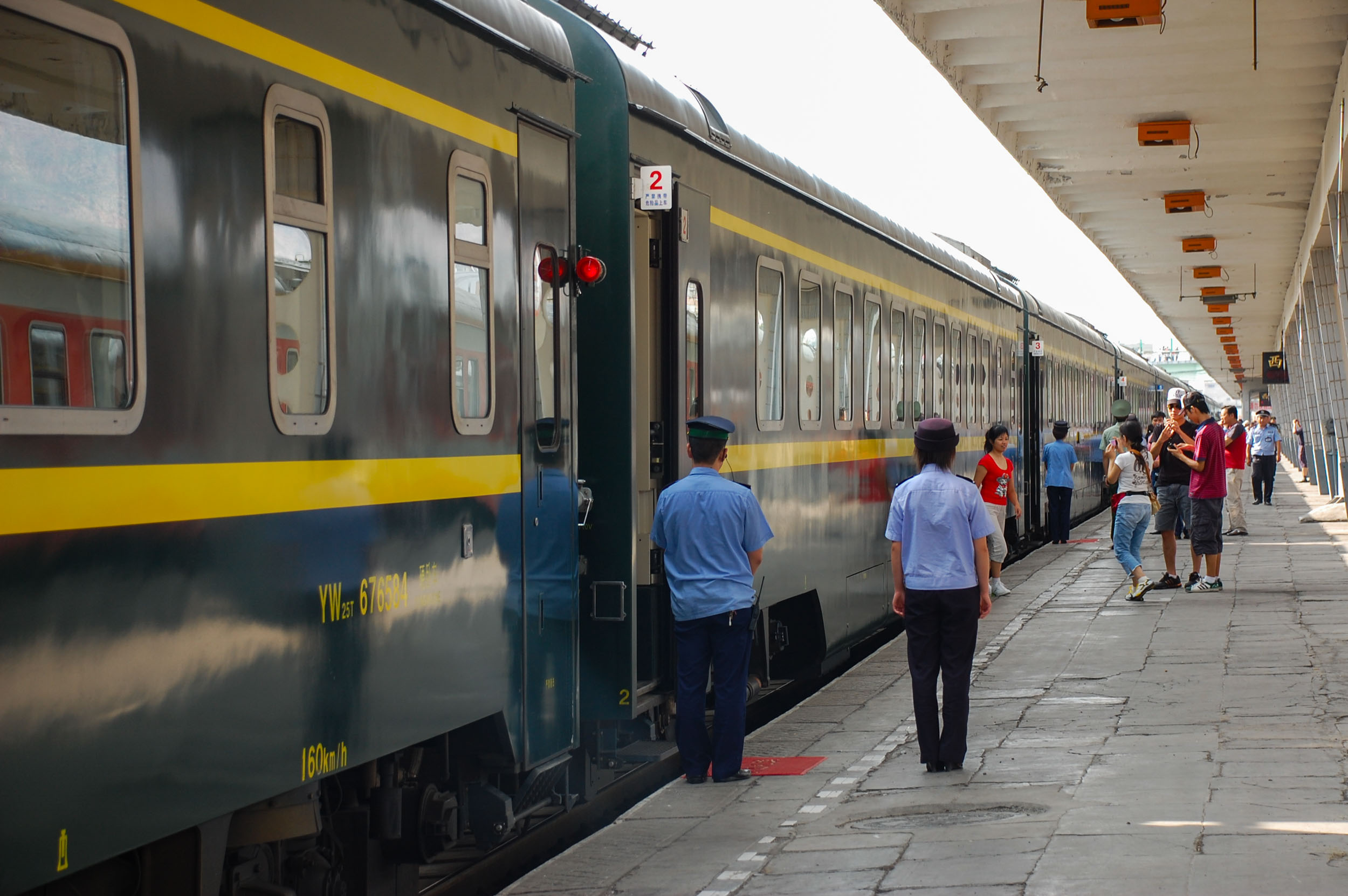
真夏の中国、四川省の成都から寝台列車に乗って20時間、途中、陝西省の宝鶏、甘粛省の蘭州を経由して、青海省の省都「西寧(シーニン)」の駅に到着した。ホームに降りると隣のレーンに真新しい青蔵鉄道T22が待ち構えている。ここからこの深緑色の列車に乗って、世界の屋根と呼ばれるチベット高原を越えてチベットのラサへ向かう。
We took a sleeper train, from Chengdu in Sichuan Province. Train was passing through Baoji in Shaanxi Province and Lanzhou in Gansu Province on the way, arriving at the station in Xining, the capital of Qinghai Province. When I got off at Xining station, a brand-new Qinghai–Tibet Railway T22 was waiting in the next lane.
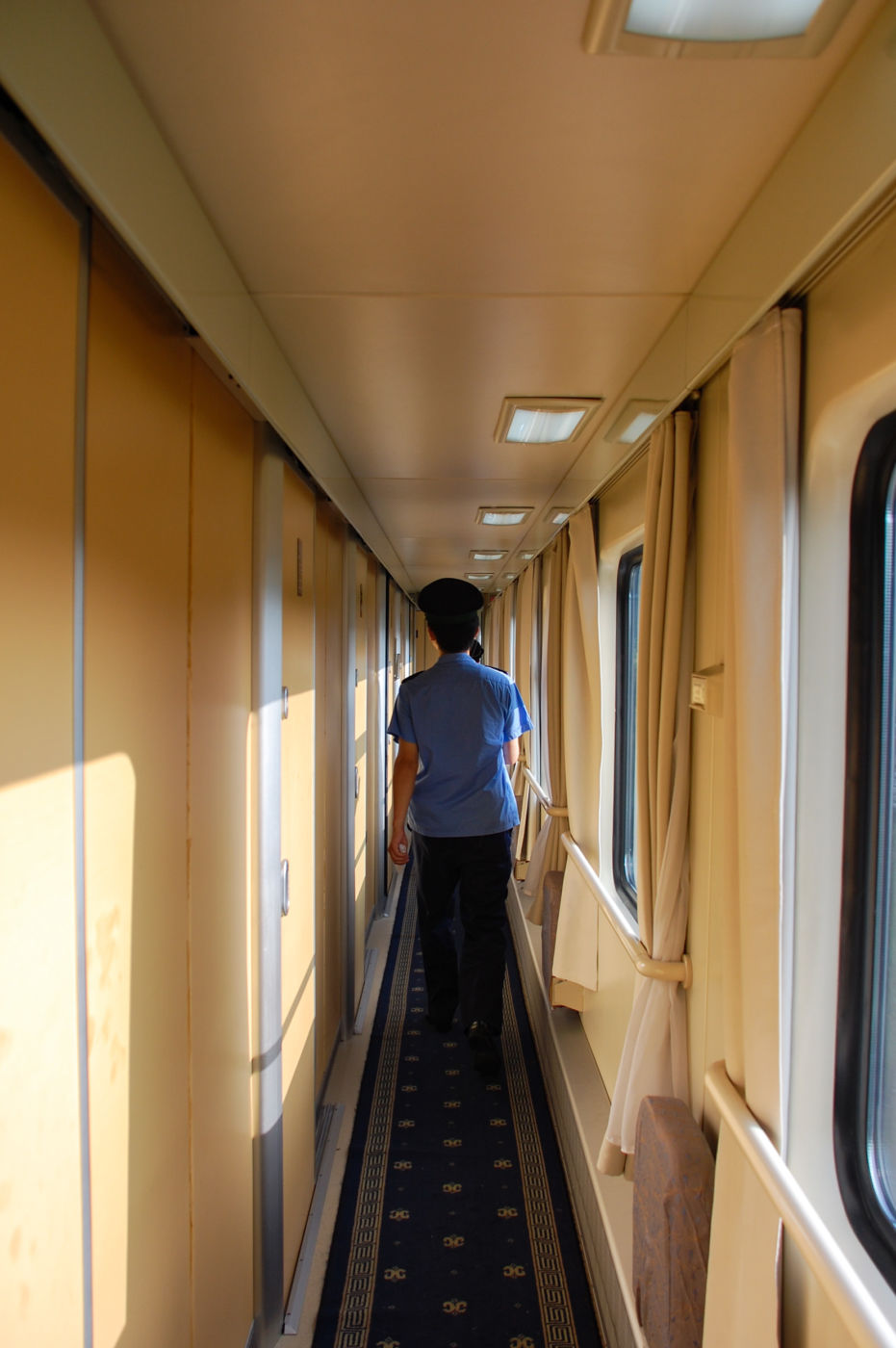
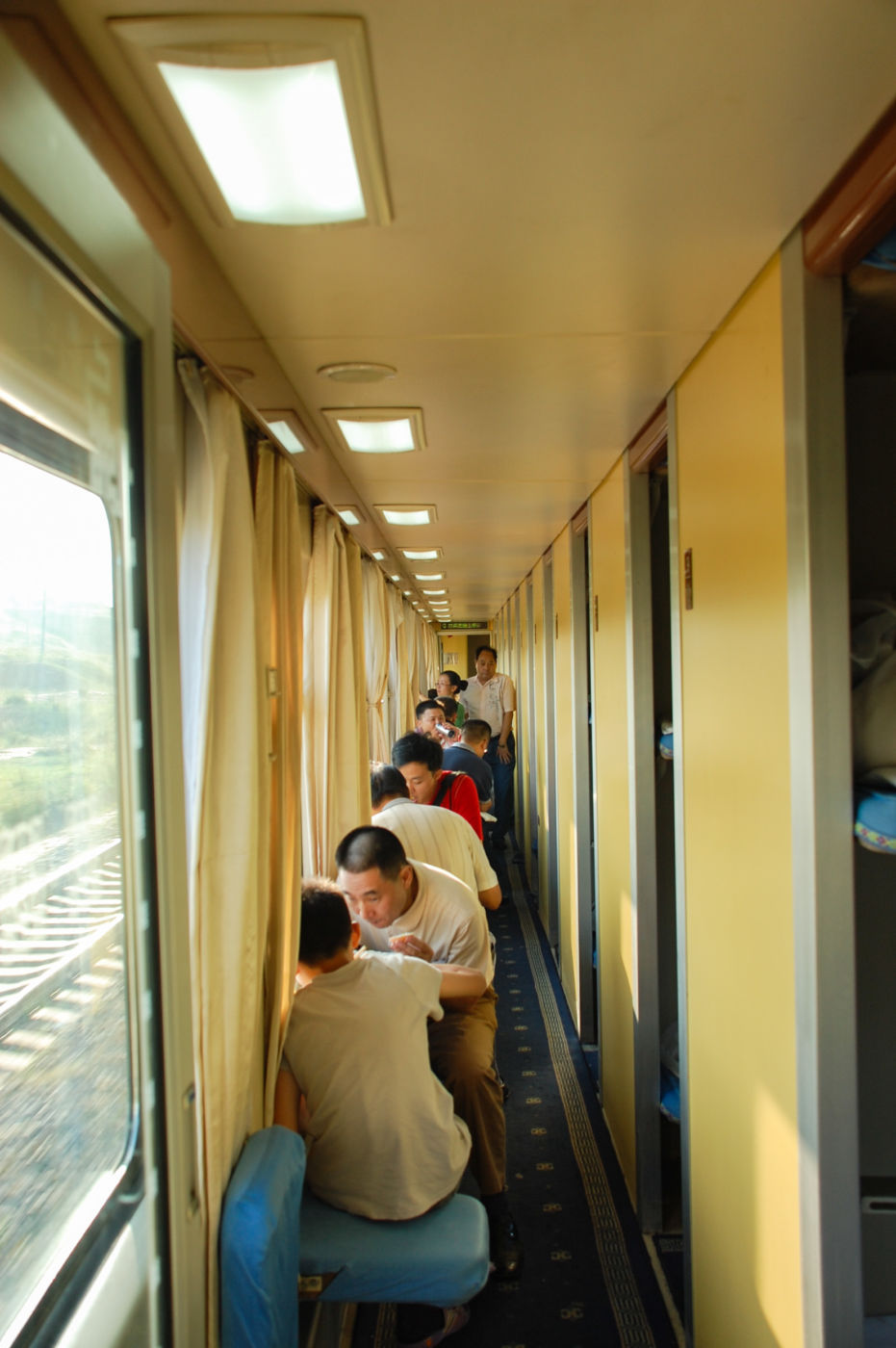
青蔵鉄道の二等寝台席は、三段のベッドが対に並んだ6人のコンパートメント。通路にも簡易的なイスとテーブルがあり車内はとても賑やかだ。
The second-class sleeping compartment on the Qinghai–Tibet Railway is a compartment for six people with three bunk beds in pairs. There are also simple chairs and tables in the aisles, making the interior of the train very lively.
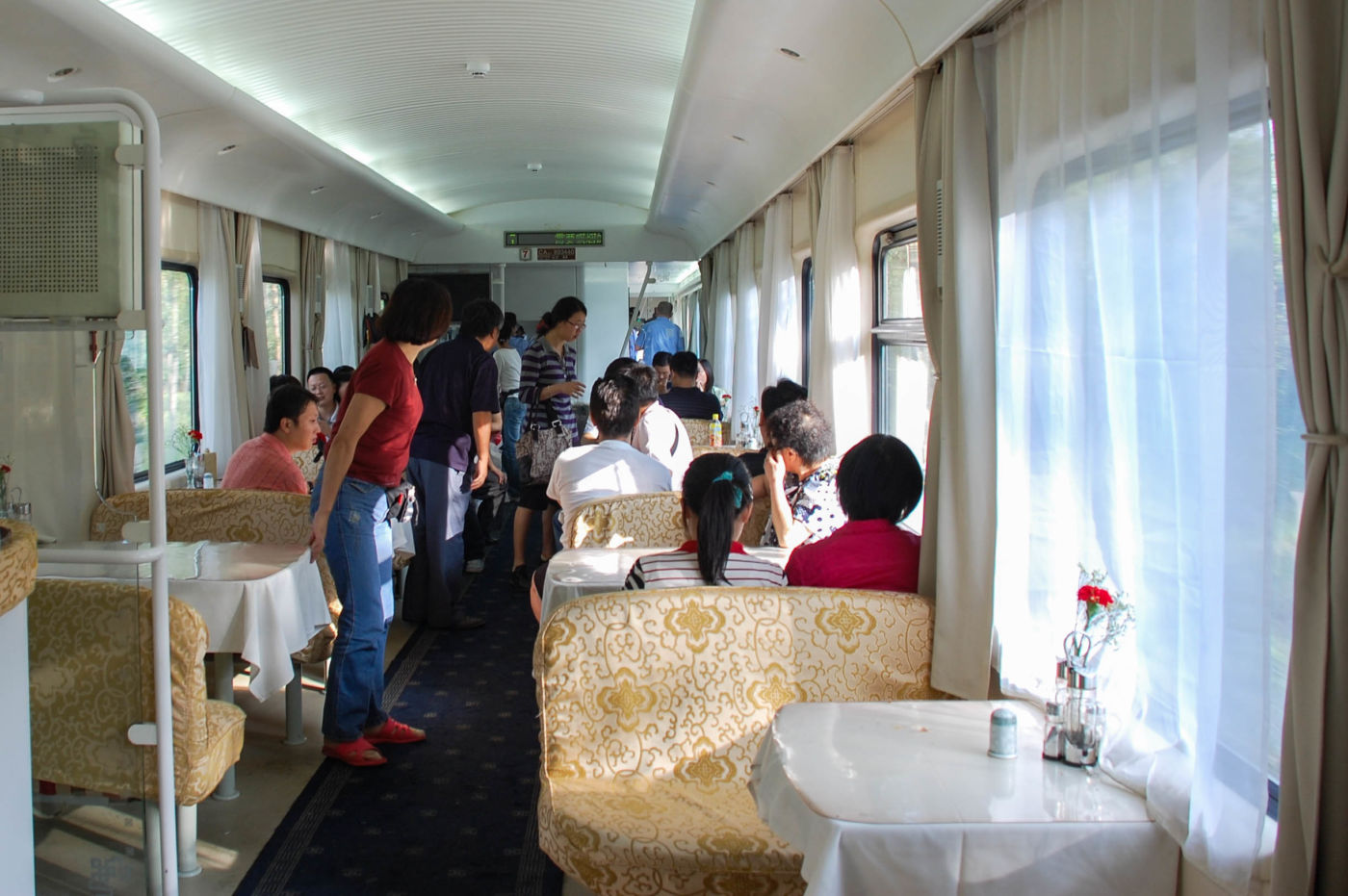
青蔵鉄道の食堂車。誰も注文していないけど座って談笑している。
A dining car on the Qinghai–Tibet Railway. No one is ordering, but they are sitting and chatting.
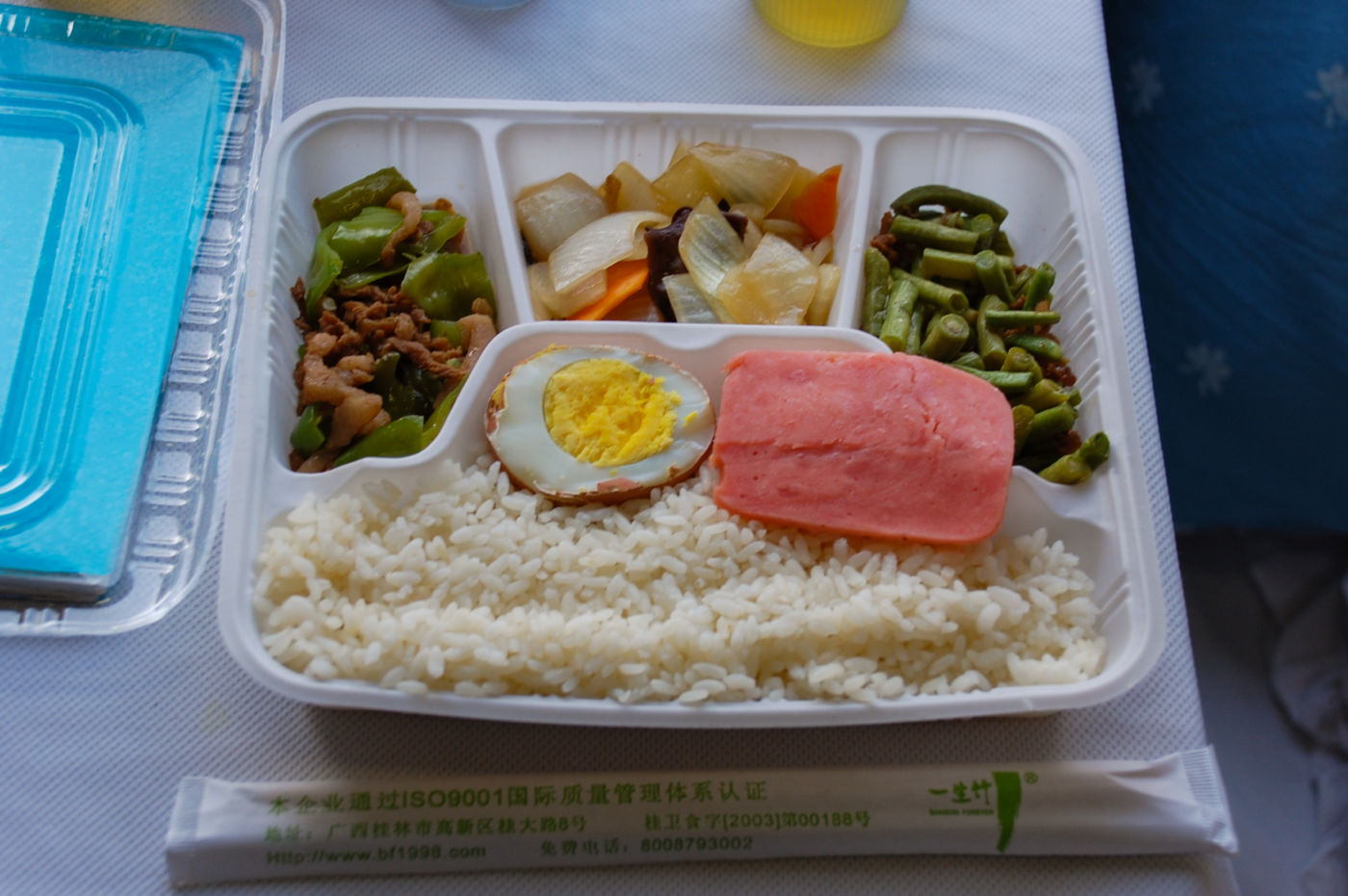
青蔵鉄道の駅弁。中国はどこで食べても旨いが車内販売の弁当も旨い。
A boxed lunch sold at Qinghai–Tibet Railway Station. In China, I can enjoy the food anywhere, and the box lunches sold in the train are also delicious.
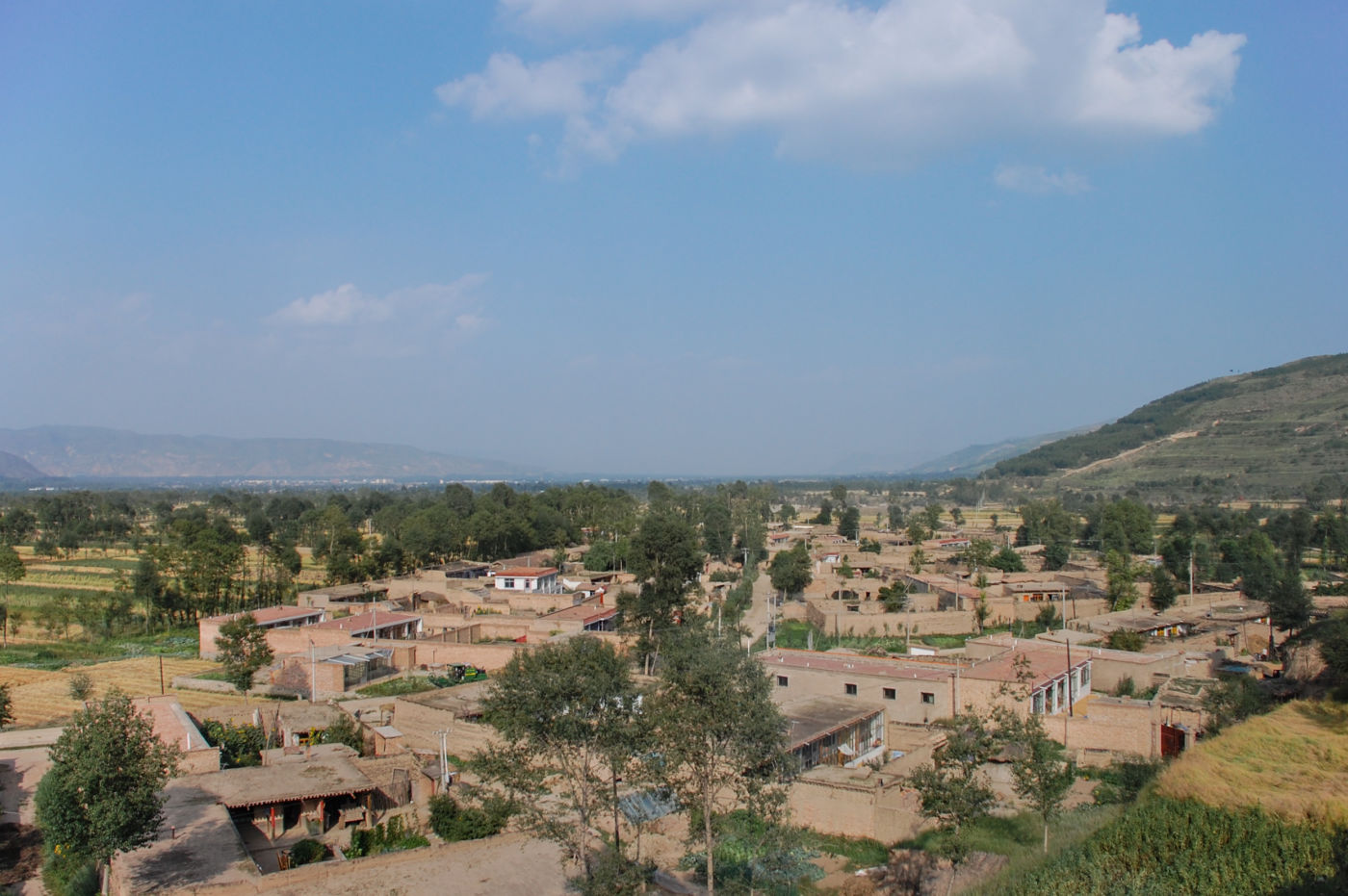
青蔵鉄道が走る中国の青海省は、チベットではアムドというエリアに属している。遠くのチベット自治区のラサに向かっているが、既にここもチベットの一部。チベット文化圏の広大さを実感する。
Qinghai Province in China, where the Qinghai–Tibet Railway runs, belongs to an area called Amdo in Tibet. We are heading for Lhasa in the distant Tibetan Autonomous Region, but we are already in Tibet.
I realize the vastness of the Tibetan cultural sphere.
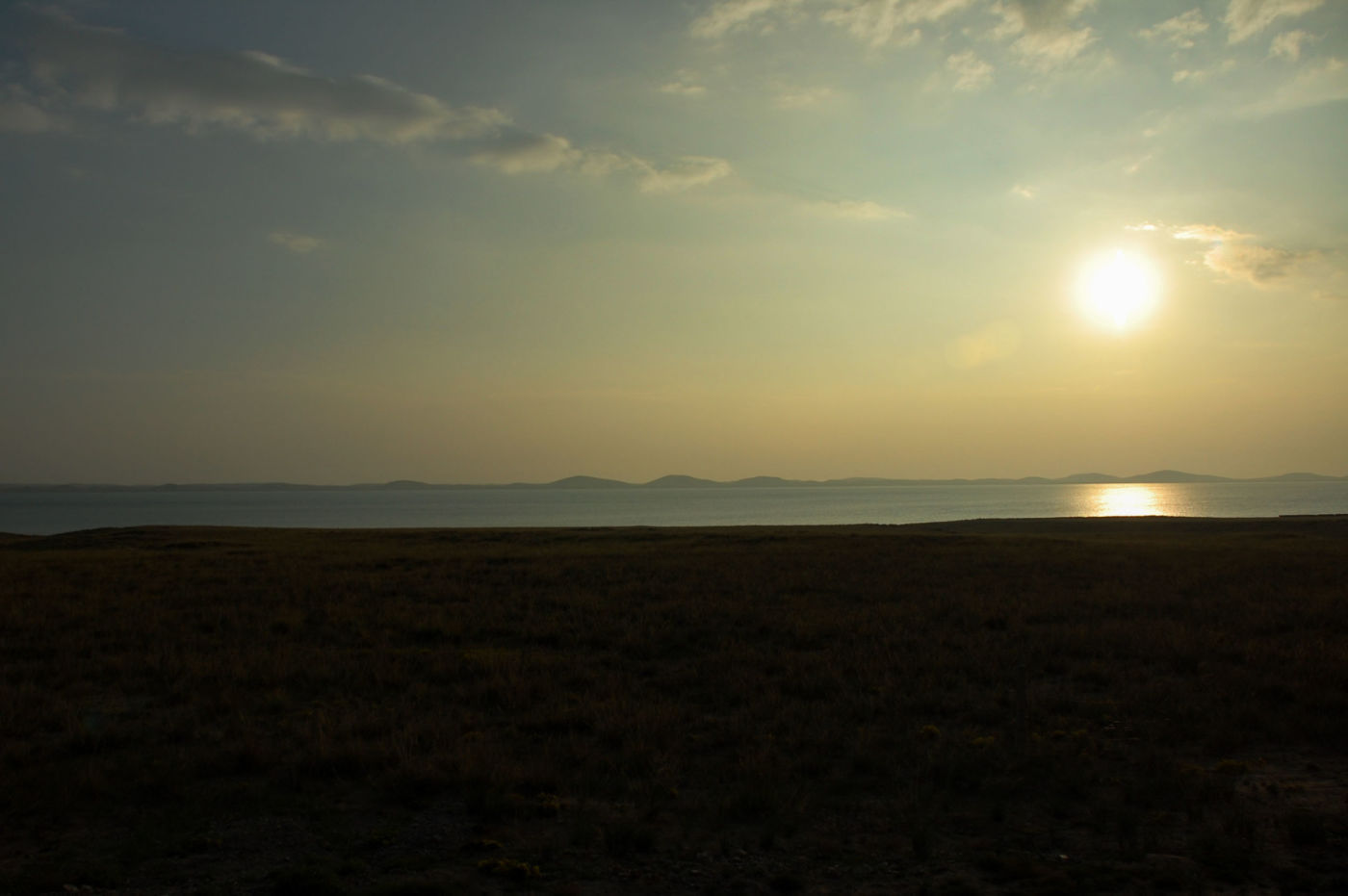
青海湖(チンハイフー)に沈む夕陽。青海湖は、海抜3,205mの高地にある中国最大の湖。チベット語で「ツォ・ンゴンポ」、モンゴル語で「フフ・ノール」と呼ばれ、どちらも青い海という意味がある。
Sunset over Qinghai Lake. This Lake is the largest lake in China, located 3,205 meters above sea level. It is called “Tso Ngompo” in Tibetan and “Koko Nor” in Mongolian, both meaning “blue sea”.
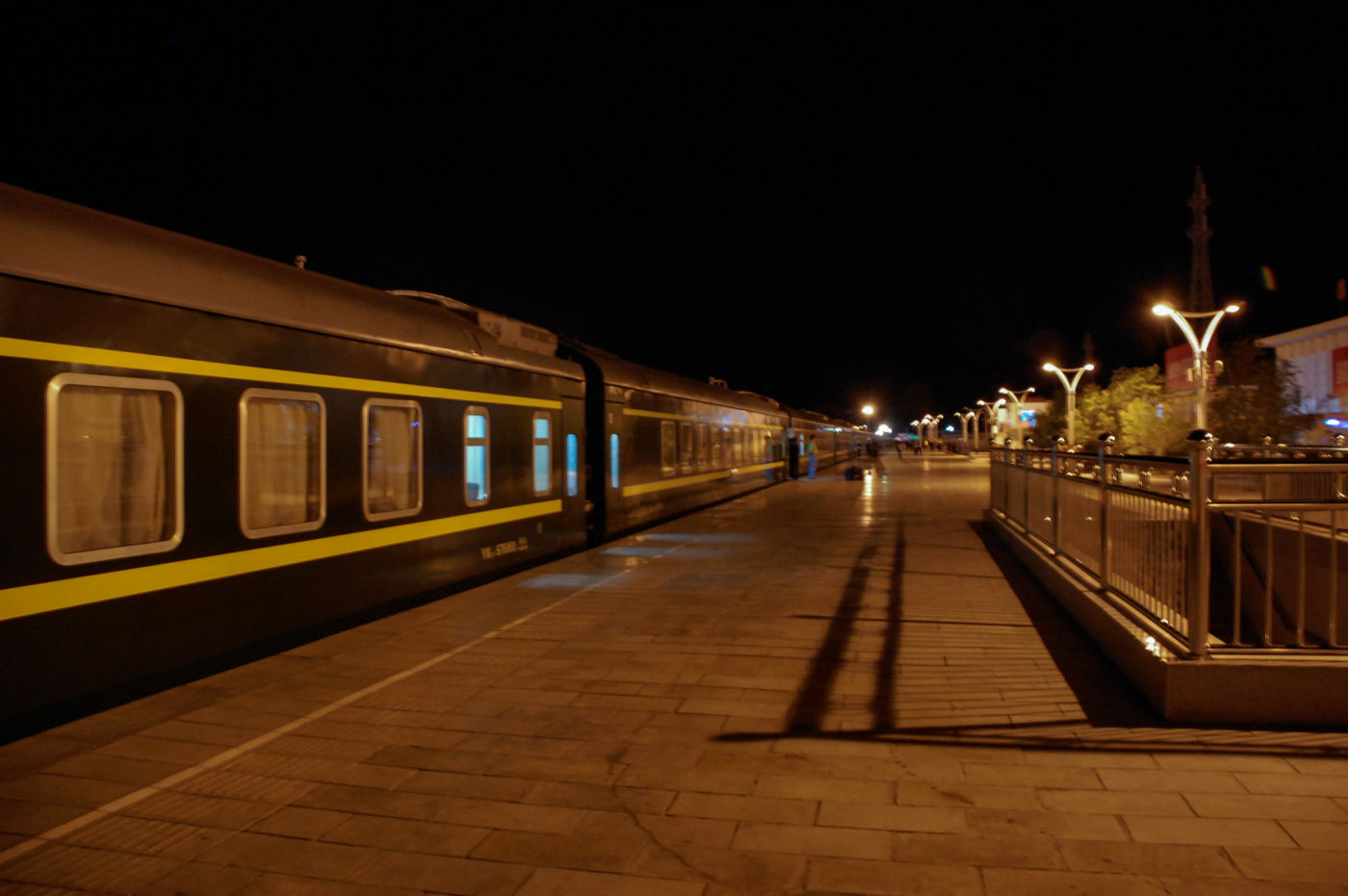
AM2:50、青蔵鉄道はゴルムド駅(2,829m)に停車し先頭の牽引車両を交換した。中国は真夏だがここまで来ると夜は冷える。
青蔵鉄道が開通する前までは、ゴルムドから闇バスや闇タクシーを利用して、入域許可証なしでラサ入りする方法がバックパッカーの間で定番だった。ゴルムドから先は、昨年(2006年)開通した青蔵鉄道としての区間になる。標高4,000m~5,000mのチベット高原を走るため、車内の気圧は与圧装備によって低地の約80%(標高3,000m程度)に保たれている。各席には酸素吸入口が用意されており、必要な場合はチューブを挿して酸素を吸引することも可能だ。もう眠たかったが星がきれいだったので寝台席のベッドに寝転んでしばらく眺めた。
At 2:50 AM, the Qinghai–Tibet Railway stopped at Golmud Station (2,829m) to change the lead traction car. It is midsummer in China now, but it is cold at night here.
Before the opening of the Qinghai–Tibet Railway, backpackers used to take Illegal buses and cabs from Golmud to Lhasa without an entry permit. The section from Golmud onward is the section that was opened to traffic last year (2006) as the Qinghai–Tibet Railway. Because the train runs through the Tibetan Plateau at an altitude of 4,000 to 5,000 meters, the air pressure inside the train is maintained at about 80% of that in the lowlands by means of pressurized equipment. Each seat has an oxygen inlet, and if necessary, a tube can be inserted for oxygen inhalation. I wanted to sleep, but the stars were beautiful, so I watched them from my bunk bed for a while.
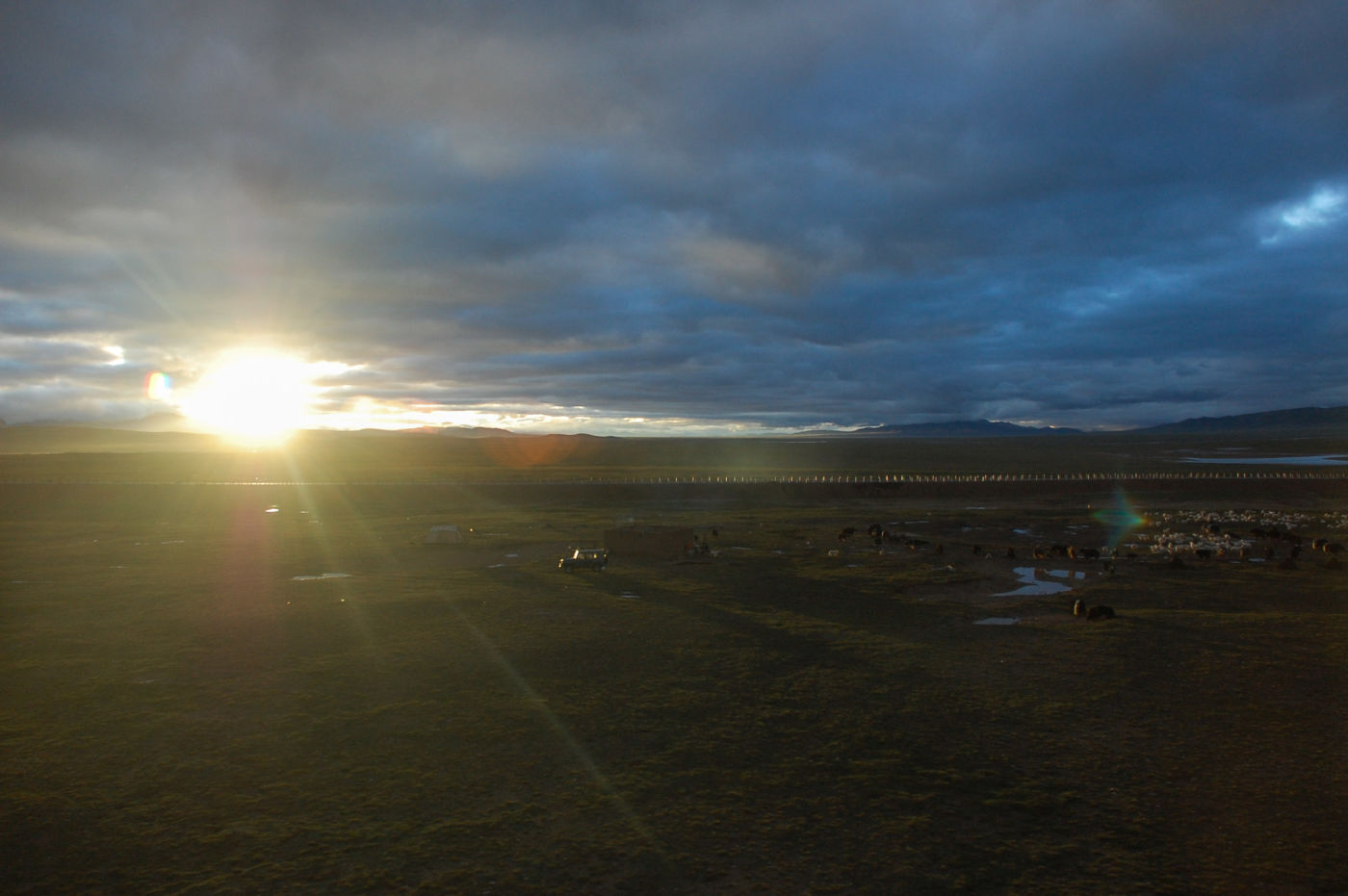
朝7:30、寝台列車のベッドで目覚めたらちょうど太陽が昇り始めていた。青蔵鉄道はチベット高原の「ココシリ」と呼ばれる中国の国家級自然保護区に入っていた。平均海抜4,500mに広がるココシリは、原始の状態で自然が残る野生動物の宝庫だ。
The sun was just beginning to rise when I awoke at 7:30 AM. The Qinghai–Tibet Railway was entering a Chinese national-level nature reserve called “Kekexili” on the Tibetan Plateau. Spreading out at an average elevation of 4,500 meters above sea level, Kekexili remains in a pristine state of nature and is a treasure trove of wildlife.
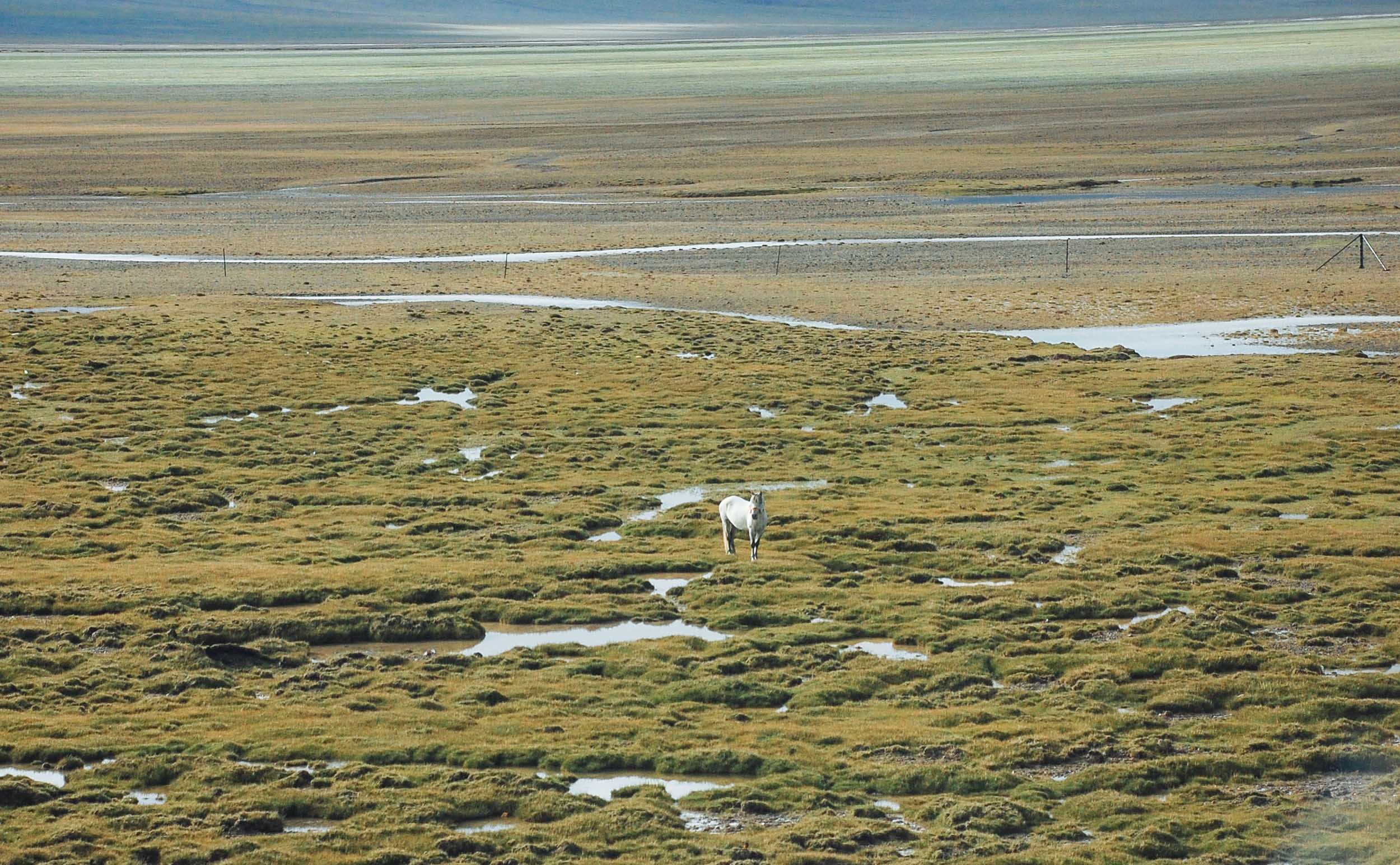
白馬が佇み、
A white horse stands,
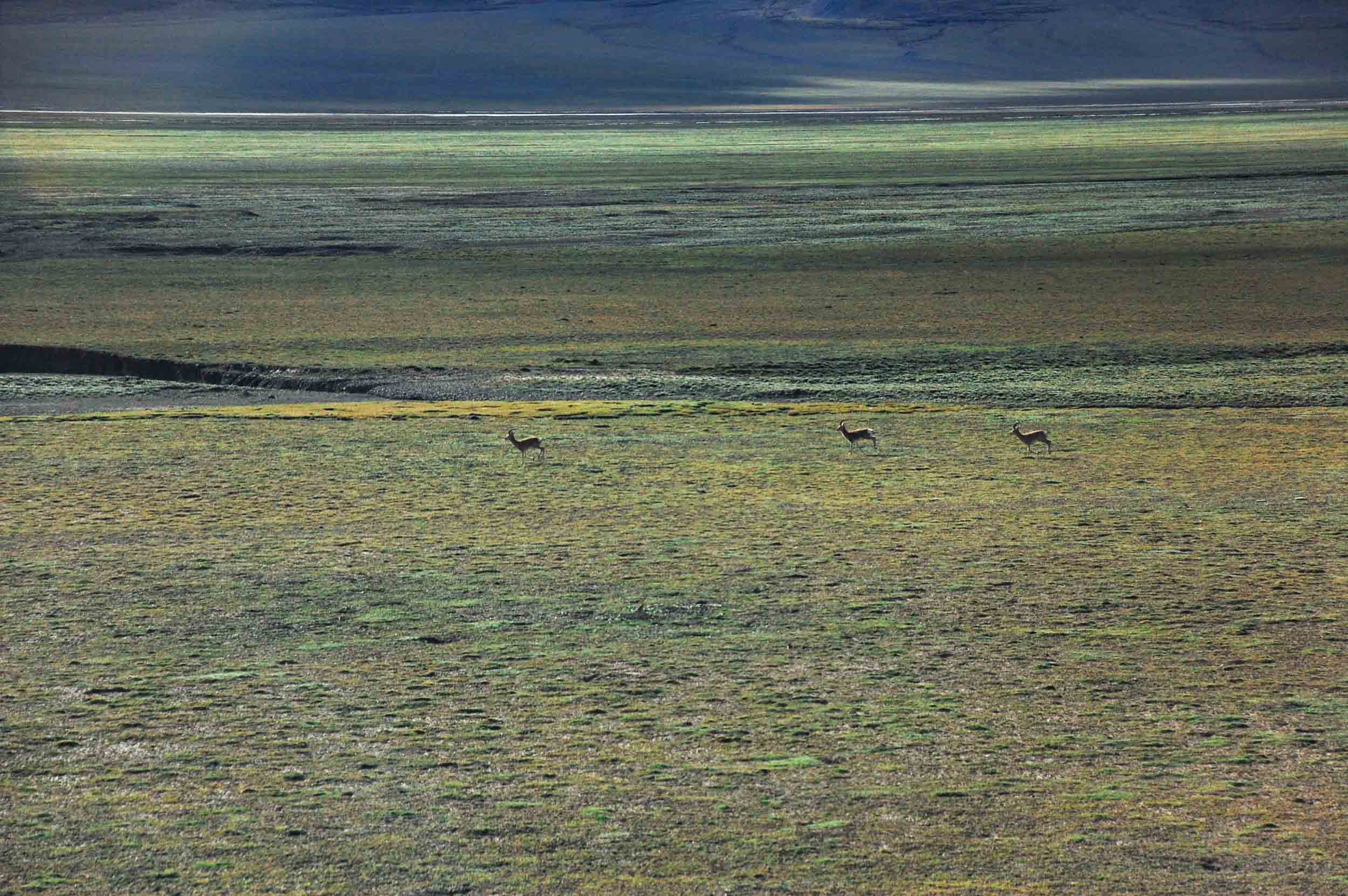
チベットガゼルが駆け、
Tibetan gazelle runs,
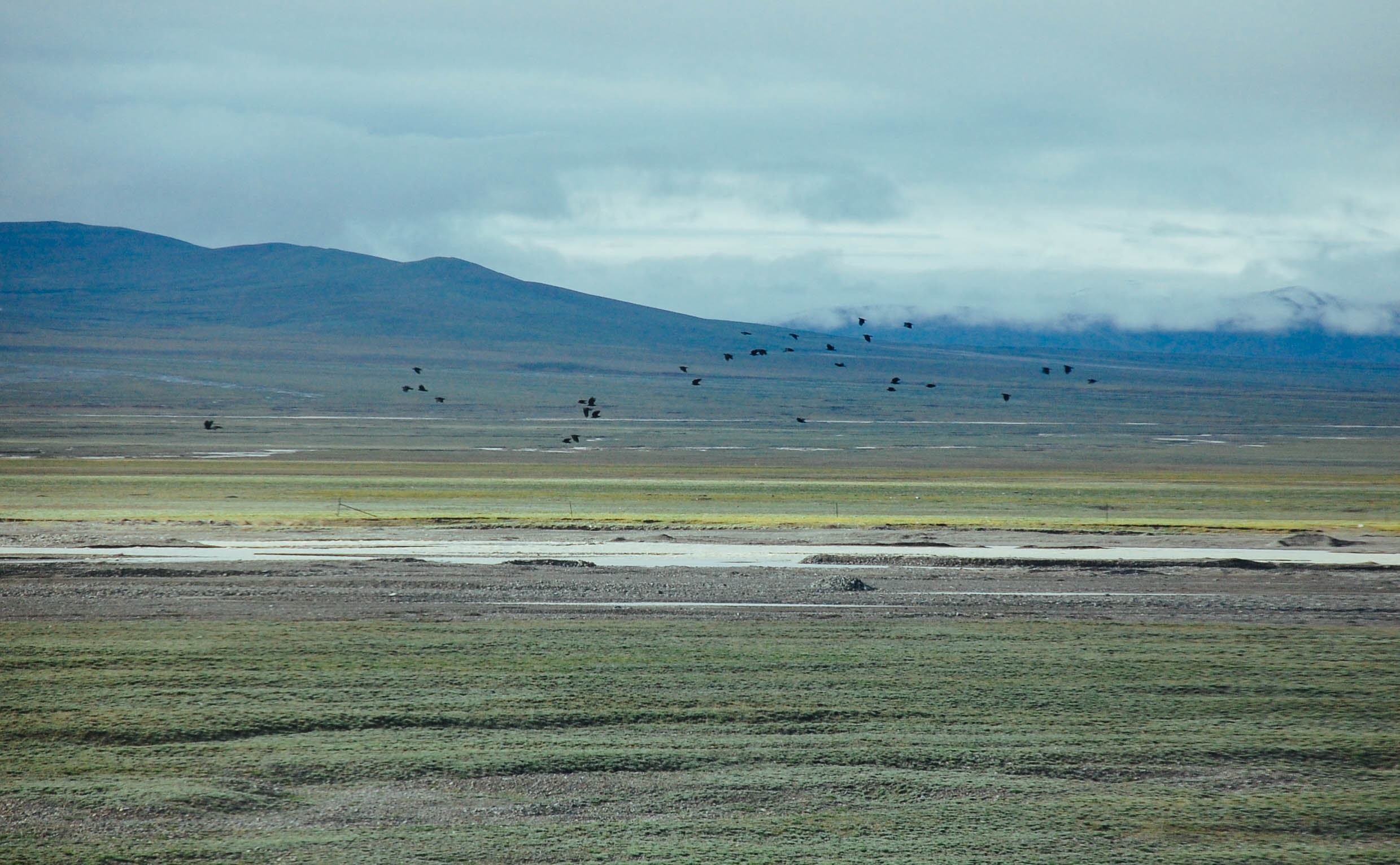
キバシガラスが飛び、
Yellow-billed chough flies,
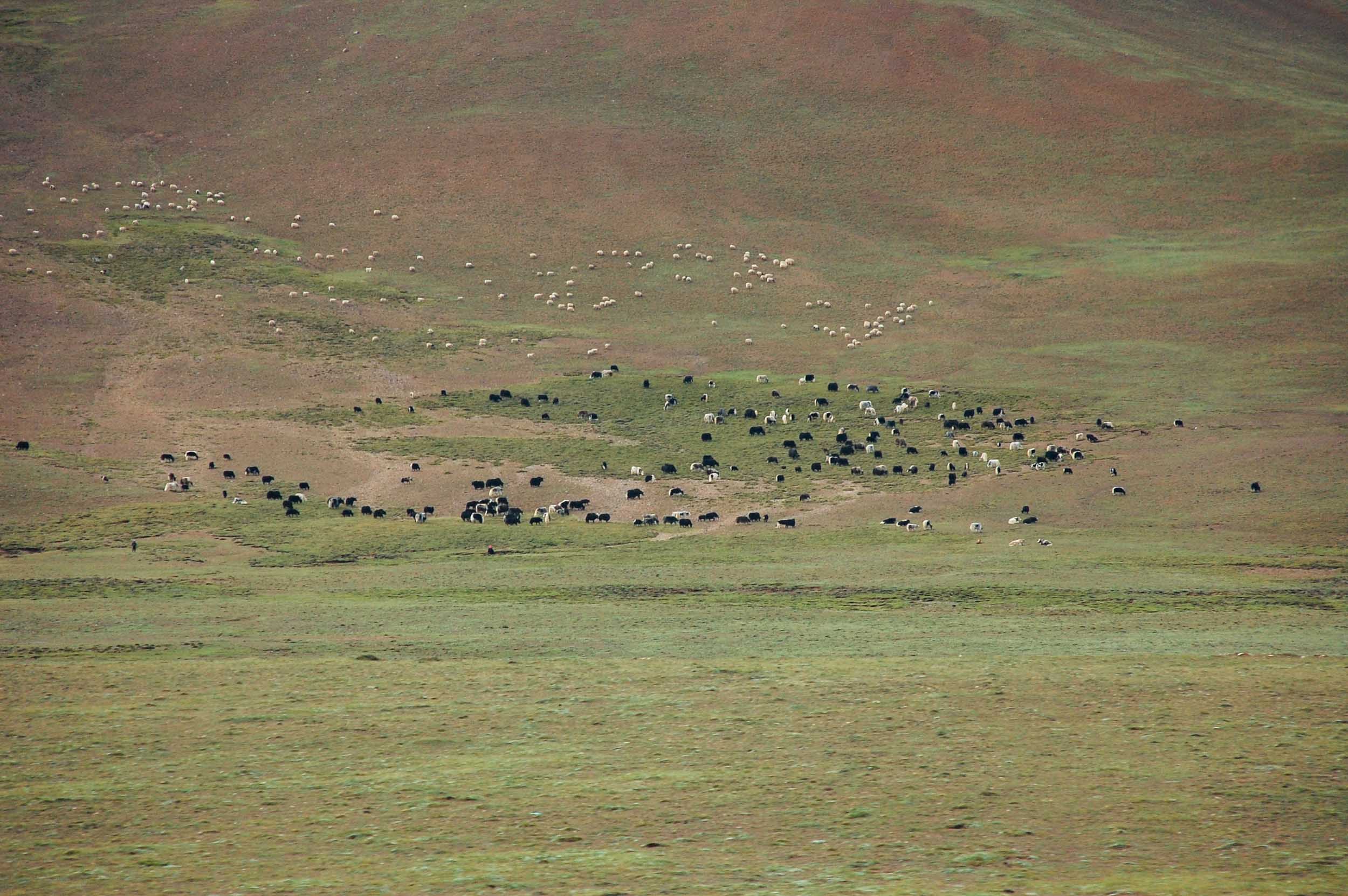
ヤクが草を食み、
Yaks eat grass,
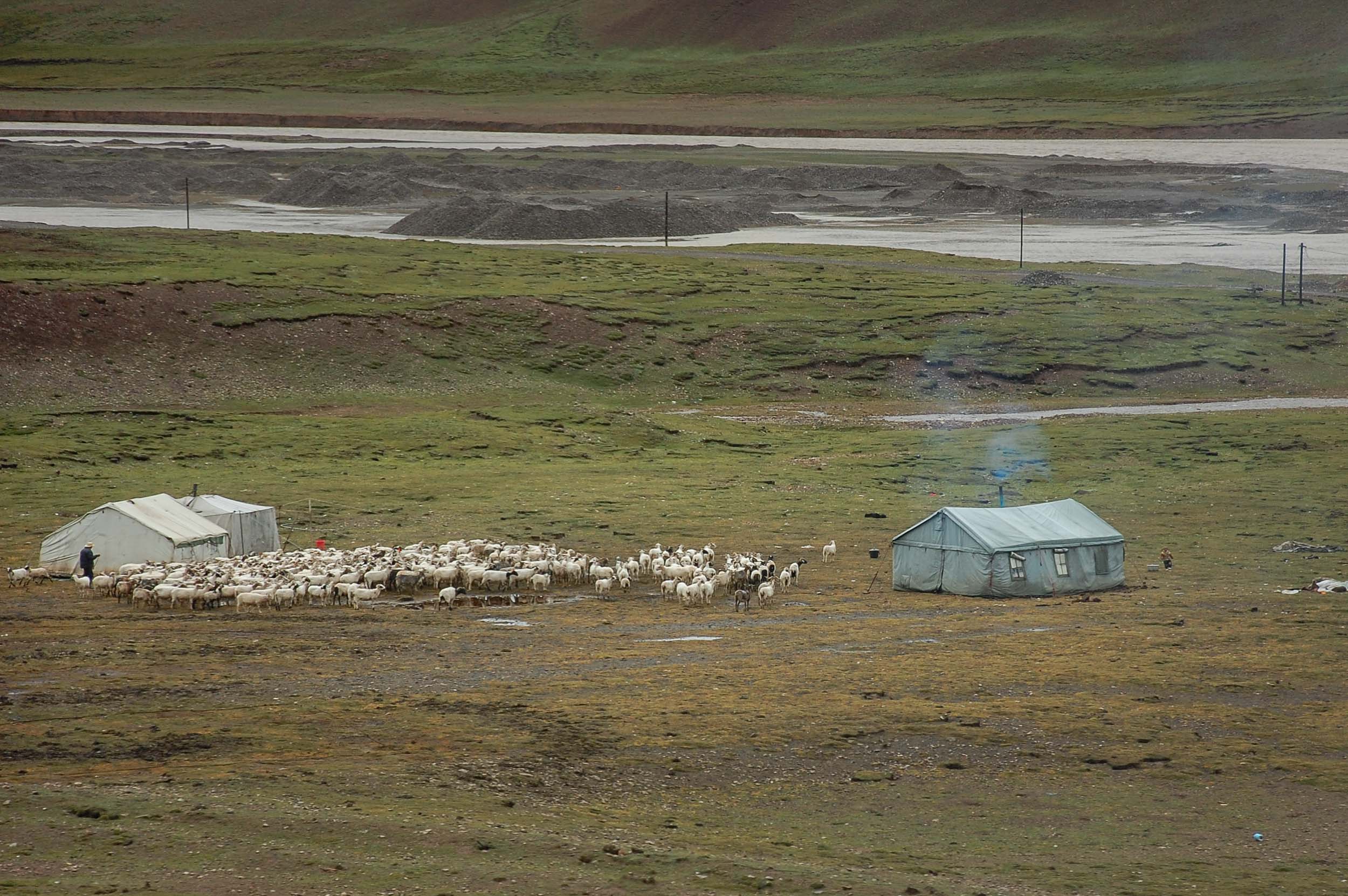
遊牧民が暮らす。
Nomads live here.
ココシリにはチルーと呼ばれるチベットカモシカが生息しているが、毛皮目当てに密猟され、1980年頃には2万頭まで数が減っていた。ココシリが自然保護区に指定されてから、チルーは中国の国家一級保護動物として保護されるようになり、2022年には30万頭まで生息数が回復している。チルー密猟のパトロール活動を基にした映画『ココシリ』(2004年)でこの地の様子を垣間見ることができます。
The Tibetan antelope known as the chiru lives in Kekexili. But poaching for its pelts had reduced its population to 20,000 by 1980. Later, when Kekexili was designated as a nature reserve, the chiru was protected as China’s first class national protected animal, and the population recovered to 300,000 by 2022. A glimpse of the area can be seen in the film “Kekexili” (2004), based on a poaching patrol operation.
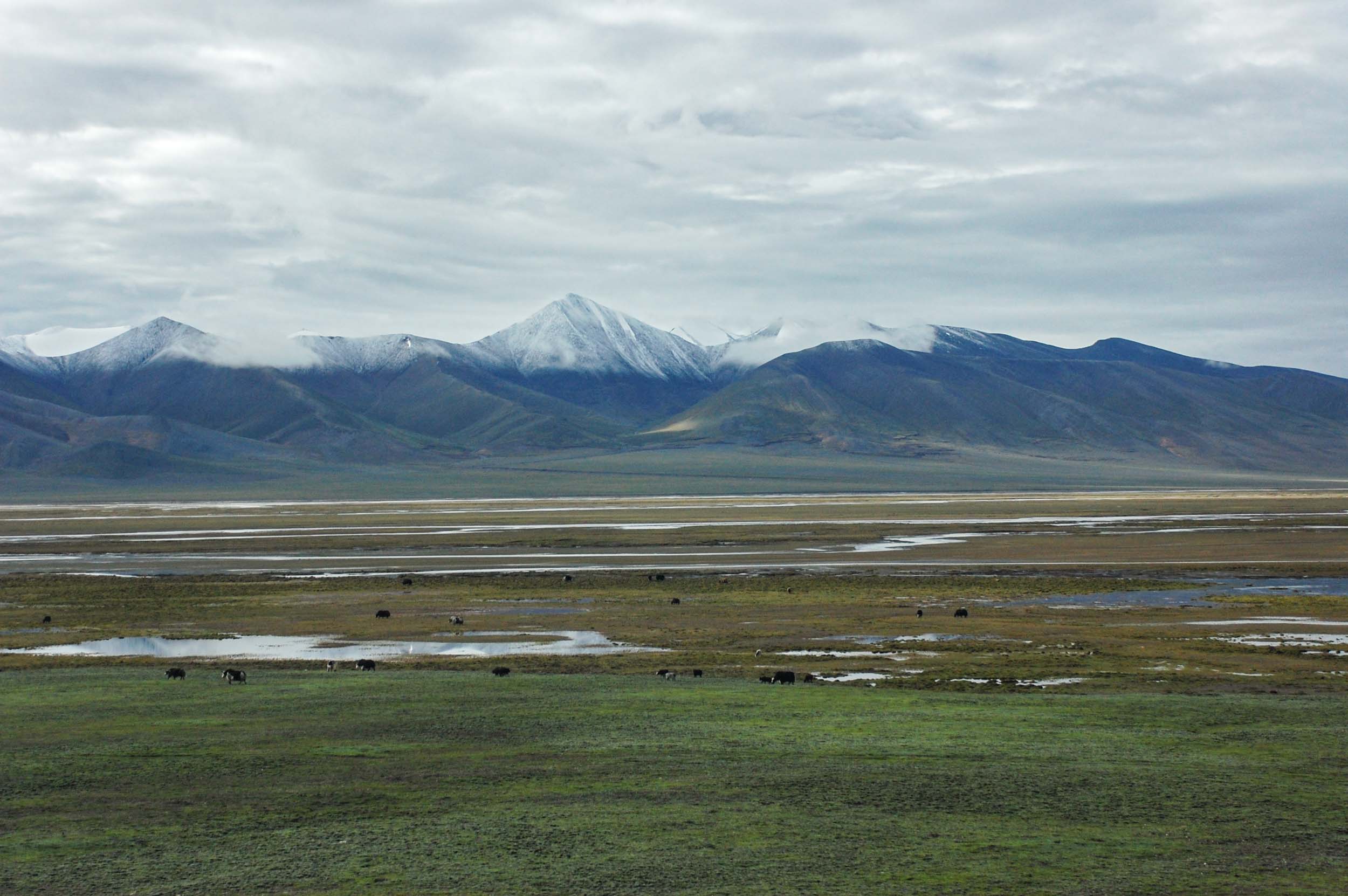
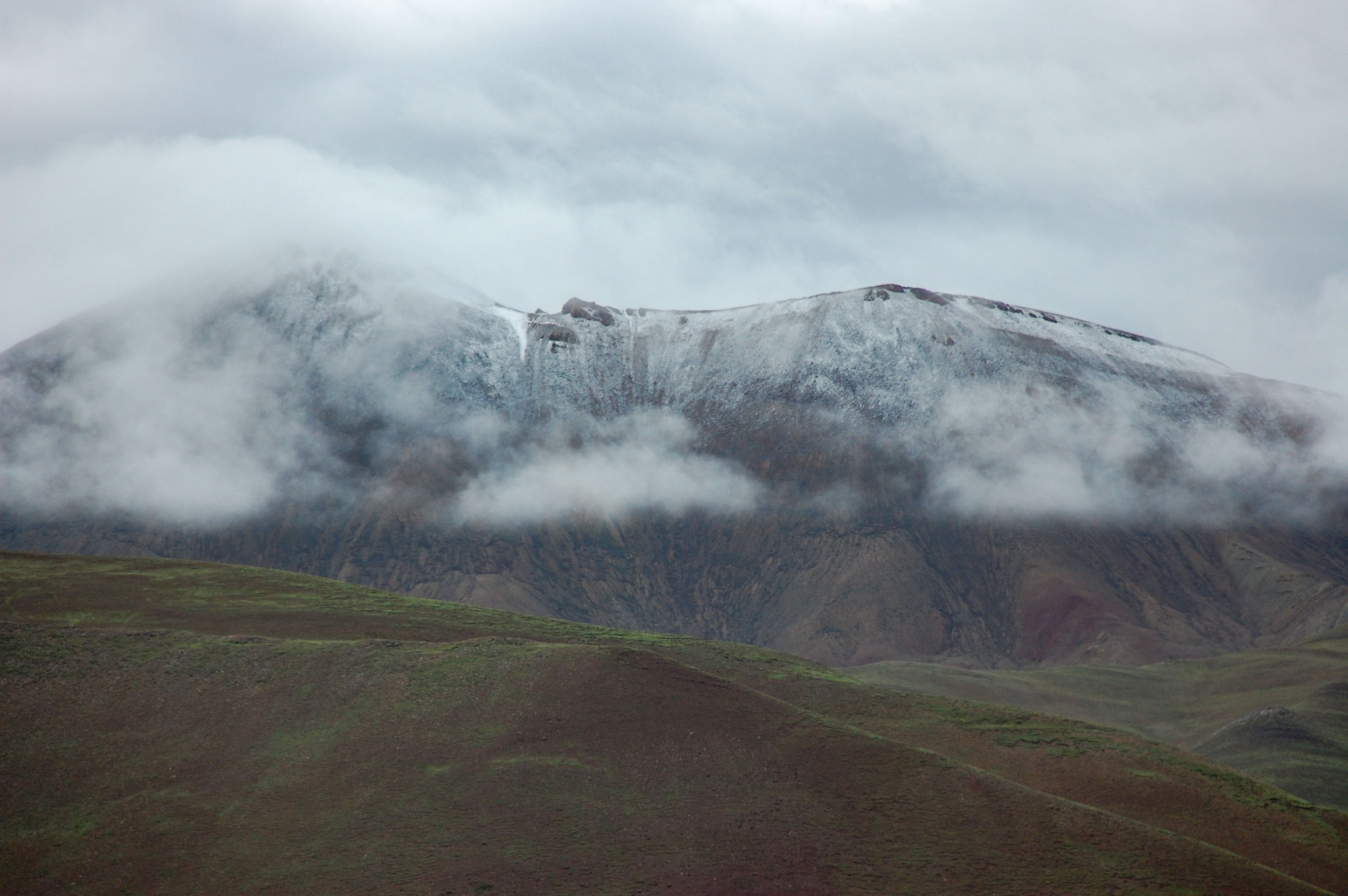
ココシリ自然保護区から見上げる山脈。緩やかなピークにパウダーのような雪をかぶった山が連なる。
The mountain range looking up from the Kekexili Plateau. Gentle peaks are covered with powdery snow.
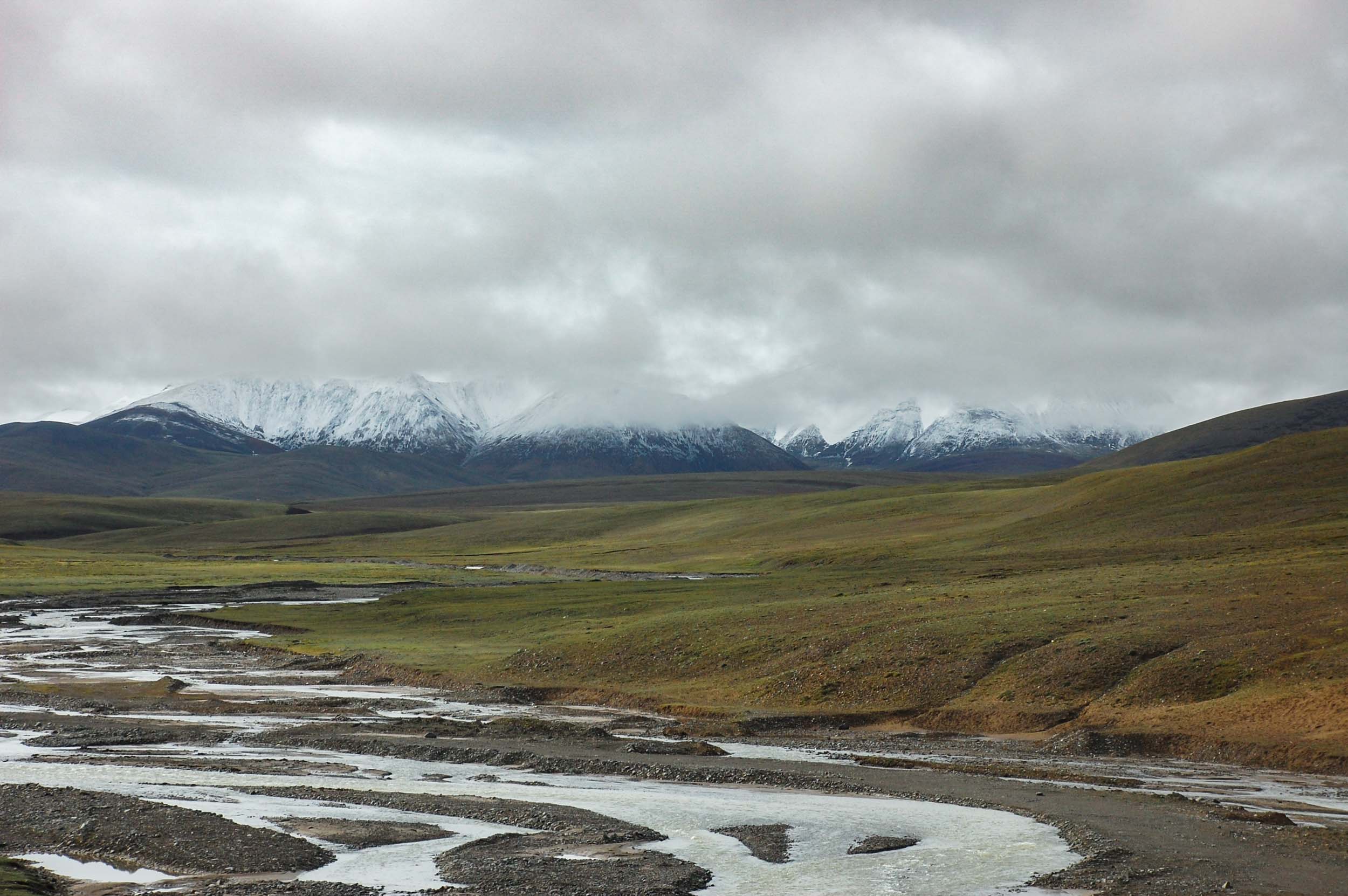
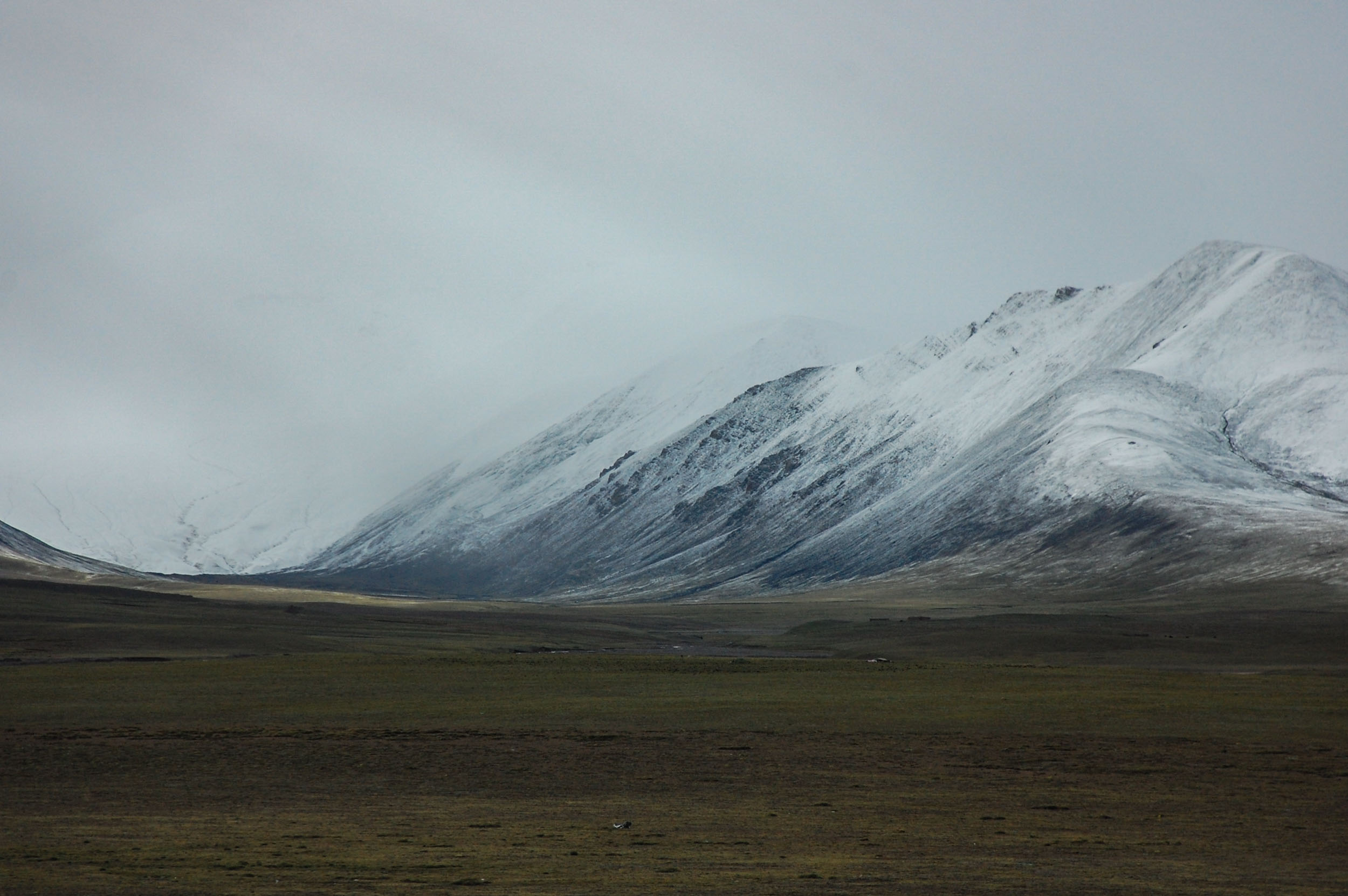
ココシリを過ぎた青蔵鉄道は、タングラ山脈の峠を越えるため徐々に標高を上げる。
After passing Kekexili, the Qinghai–Tibet Railway gradually gains elevation to cross the Tangla mountain pass.
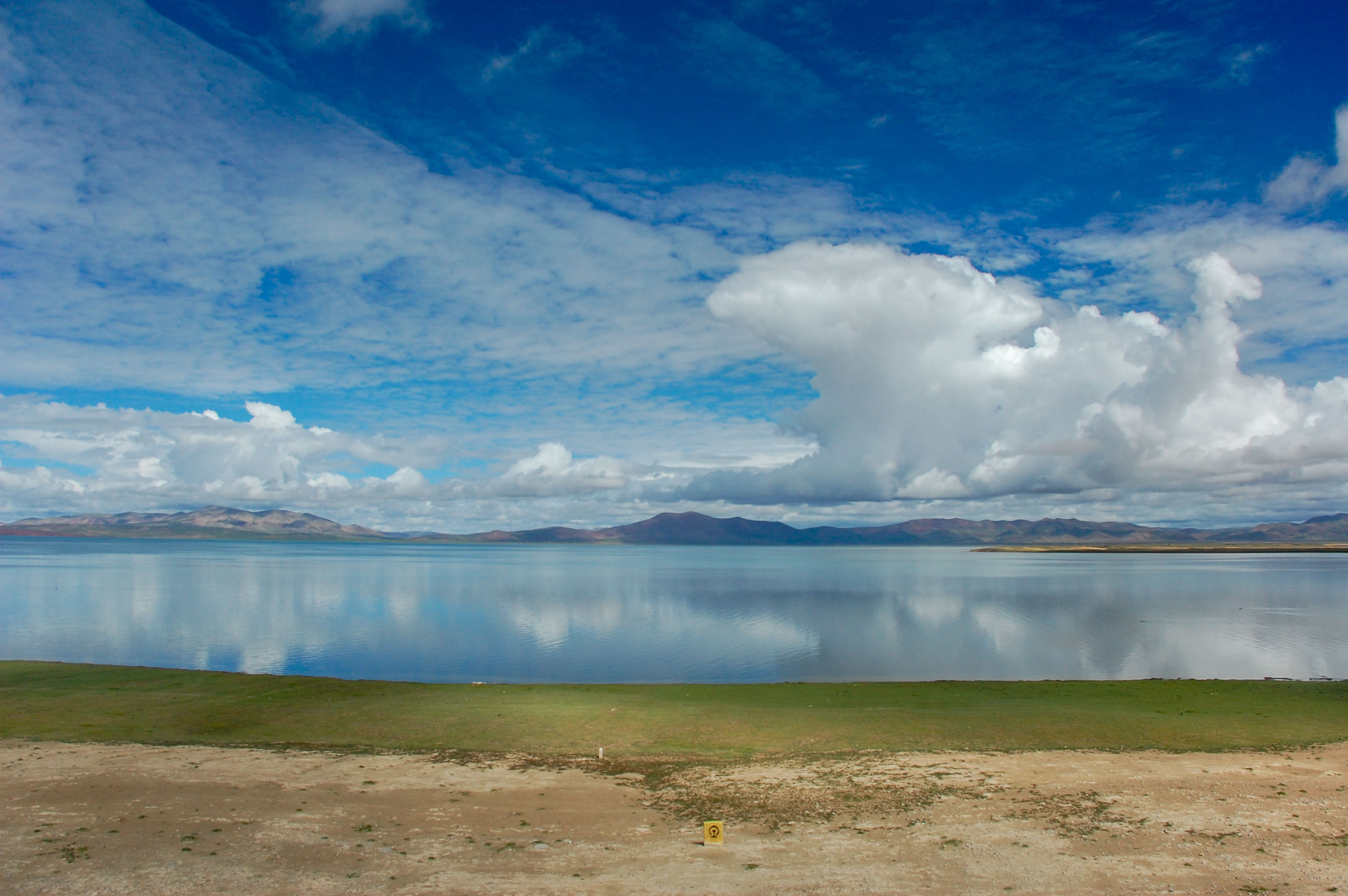
青蔵鉄道の最高到達地点、海抜5,072mの「タングラ峠」を越えると、どんよりしていた天気が一転し、青空が広がるようになった。海抜4,704mの安多駅(アムド駅)を過ぎると、青蔵鉄道は錯那湖(ツォナ湖)に沿って進む。
The weather turned from dreary to blue sky when we crossed the Tangla Pass, the highest point of the Qinghai–Tibet Railway at 5,072 meters above sea level. After passing Amdo Station, which is 4,704 meters above sea level, the Qinghai–Tibet Railway continues along Lake Tsona.
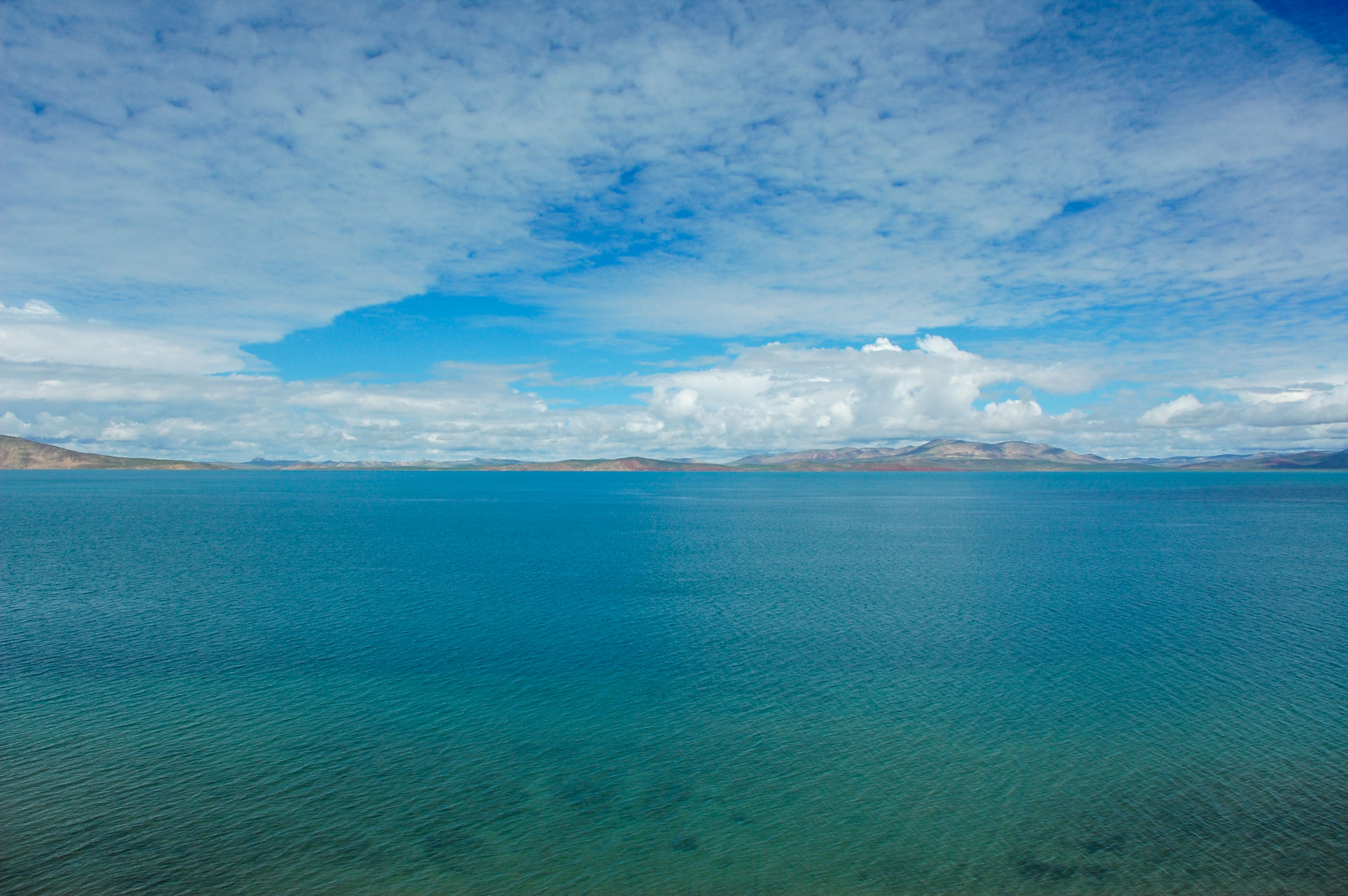
ツォナ湖はチベットで「神の湖」とされる美しい湖。海抜4,594mにある世界で最も高所にある淡水湖のひとつ。
Lake Tsona is a beautiful lake that is considered the Lake of the God in Tibet. At 4,594 meters above sea level, it is one of the highest freshwater lakes in the world.
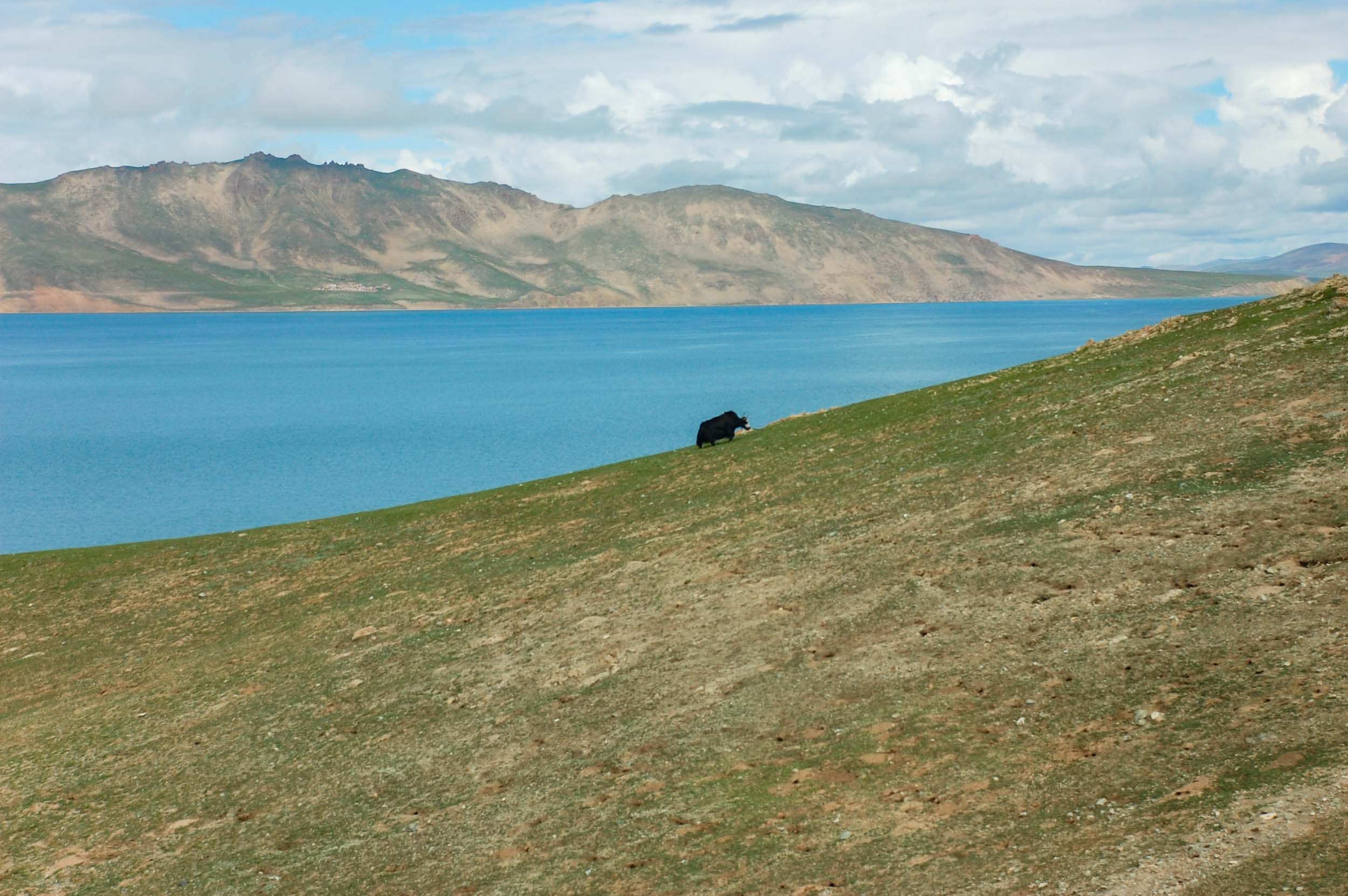
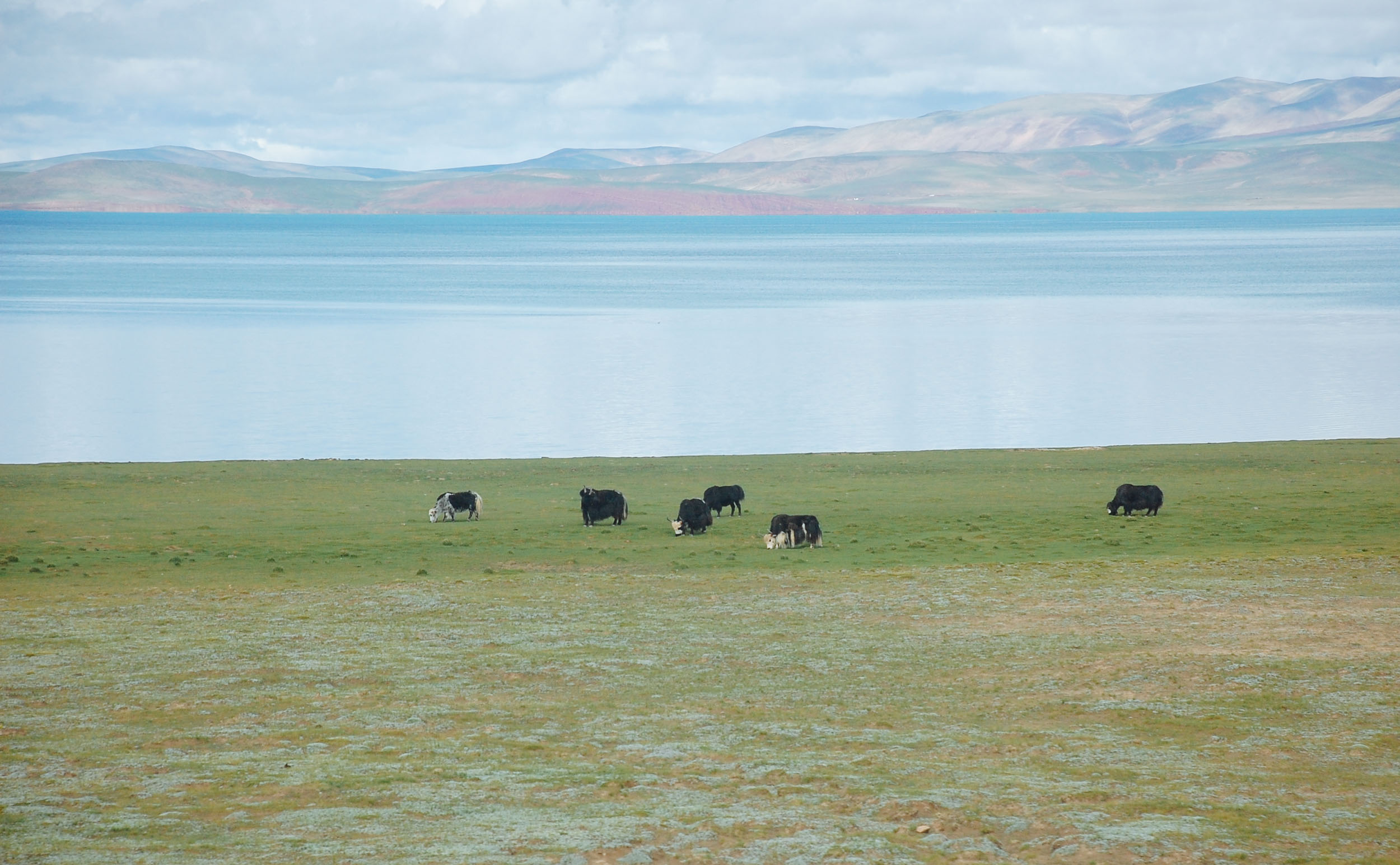
ツォナ湖畔のヤク。おそらく野生のヤクだと思われる。
Yak on the shore of Lake Tsona. Probably a wild yak.
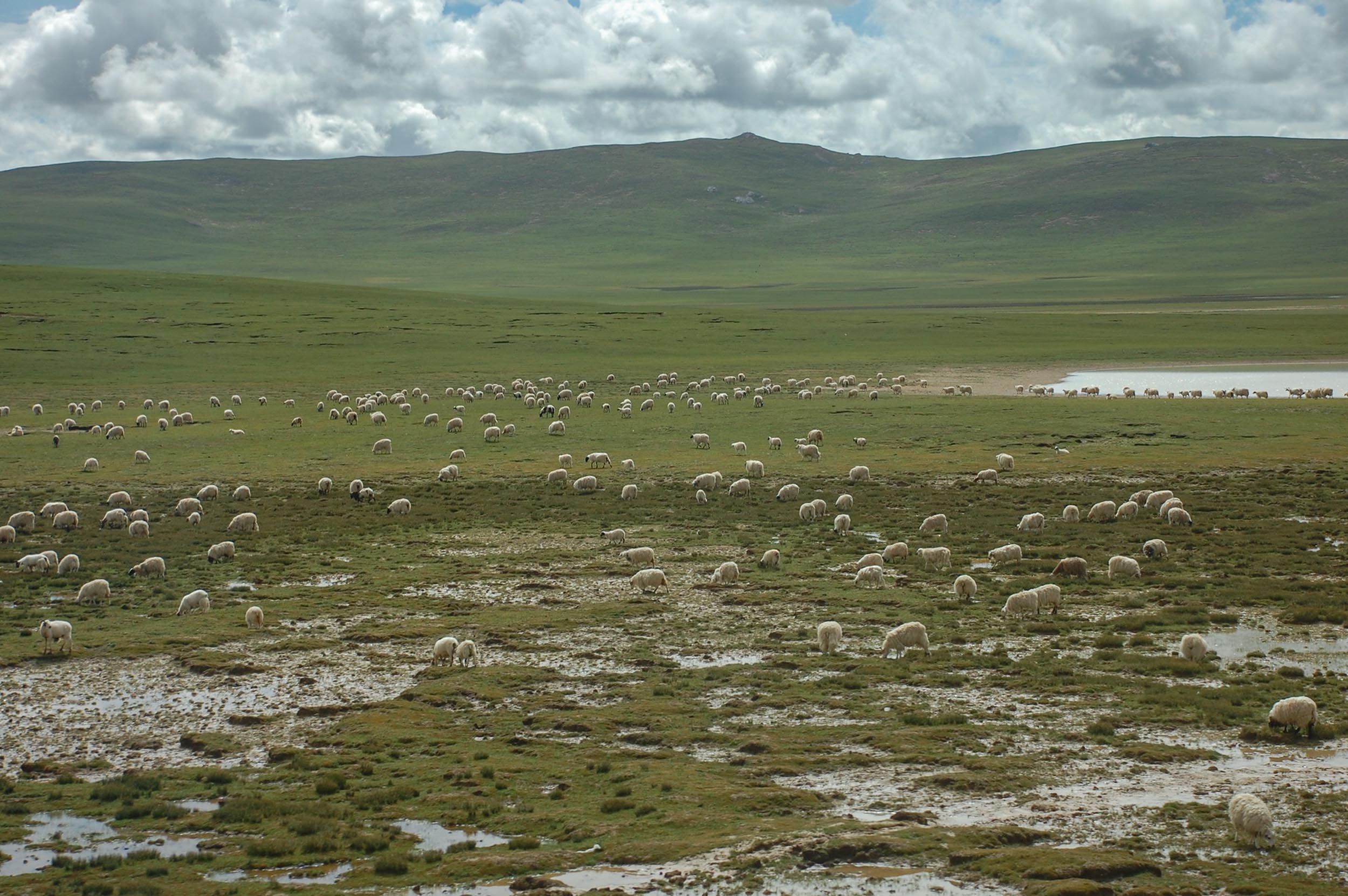
遊牧民が暮らす那曲(ナクチュ)の大草原地帯。肥沃な湿地で羊が放牧されている。
The prairie area of Nagqu, where nomads live. Sheep graze in the fertile wetlands.
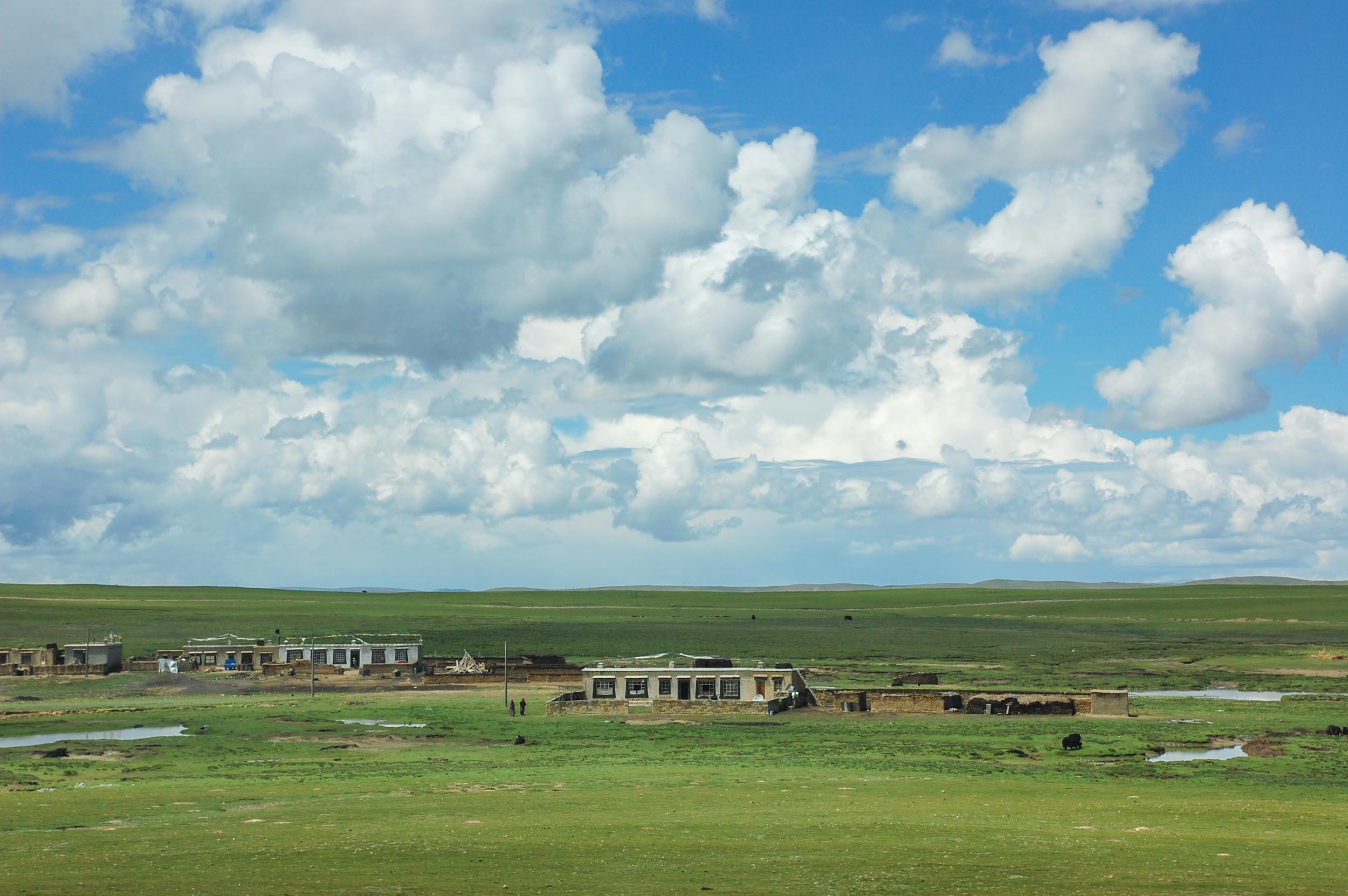
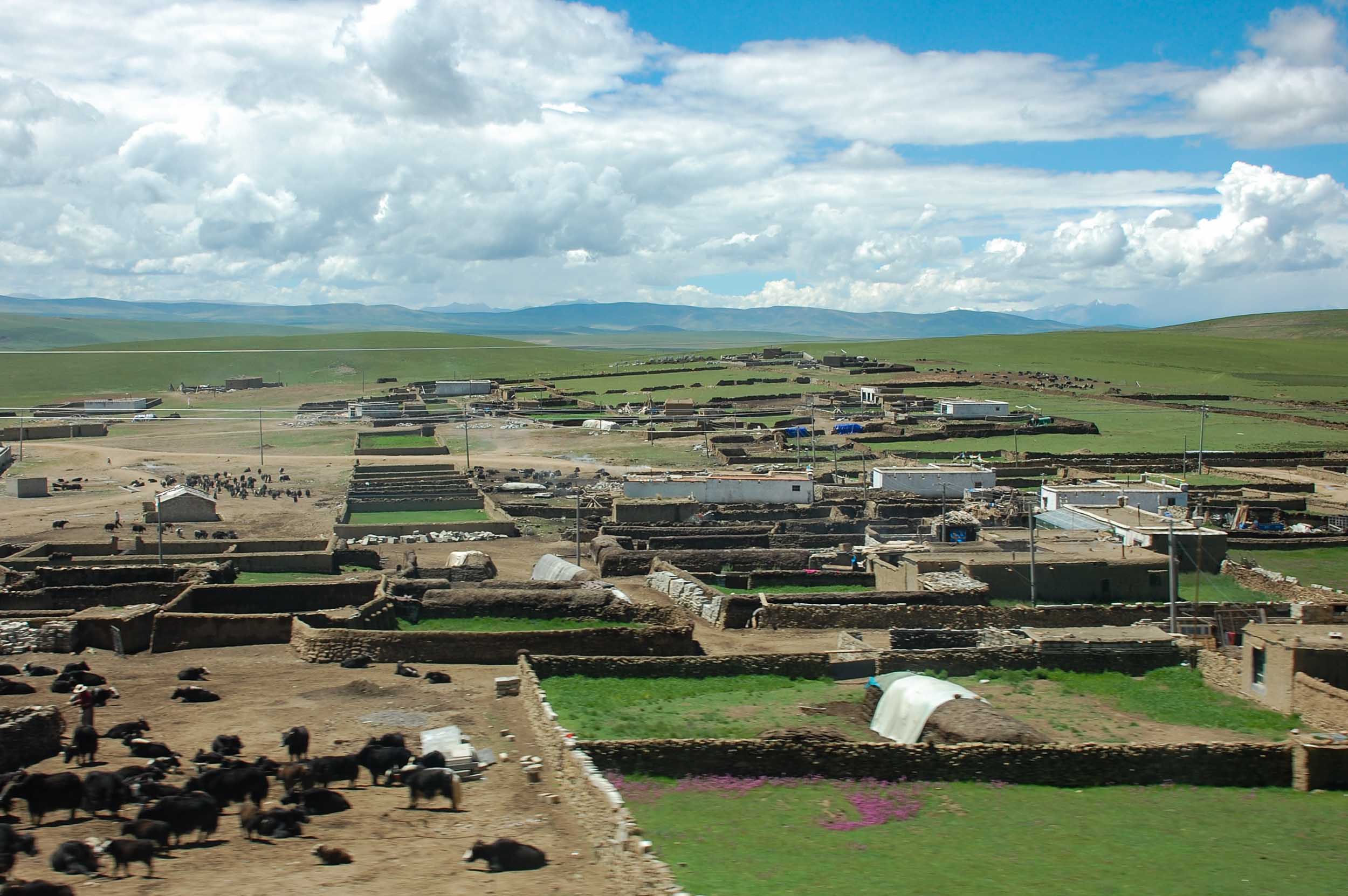
ナクチュに点在する集落。何百年も変わっていない光景に見える。
Settlements dotting Nagqu. The scene looks unchanged for hundreds of years.
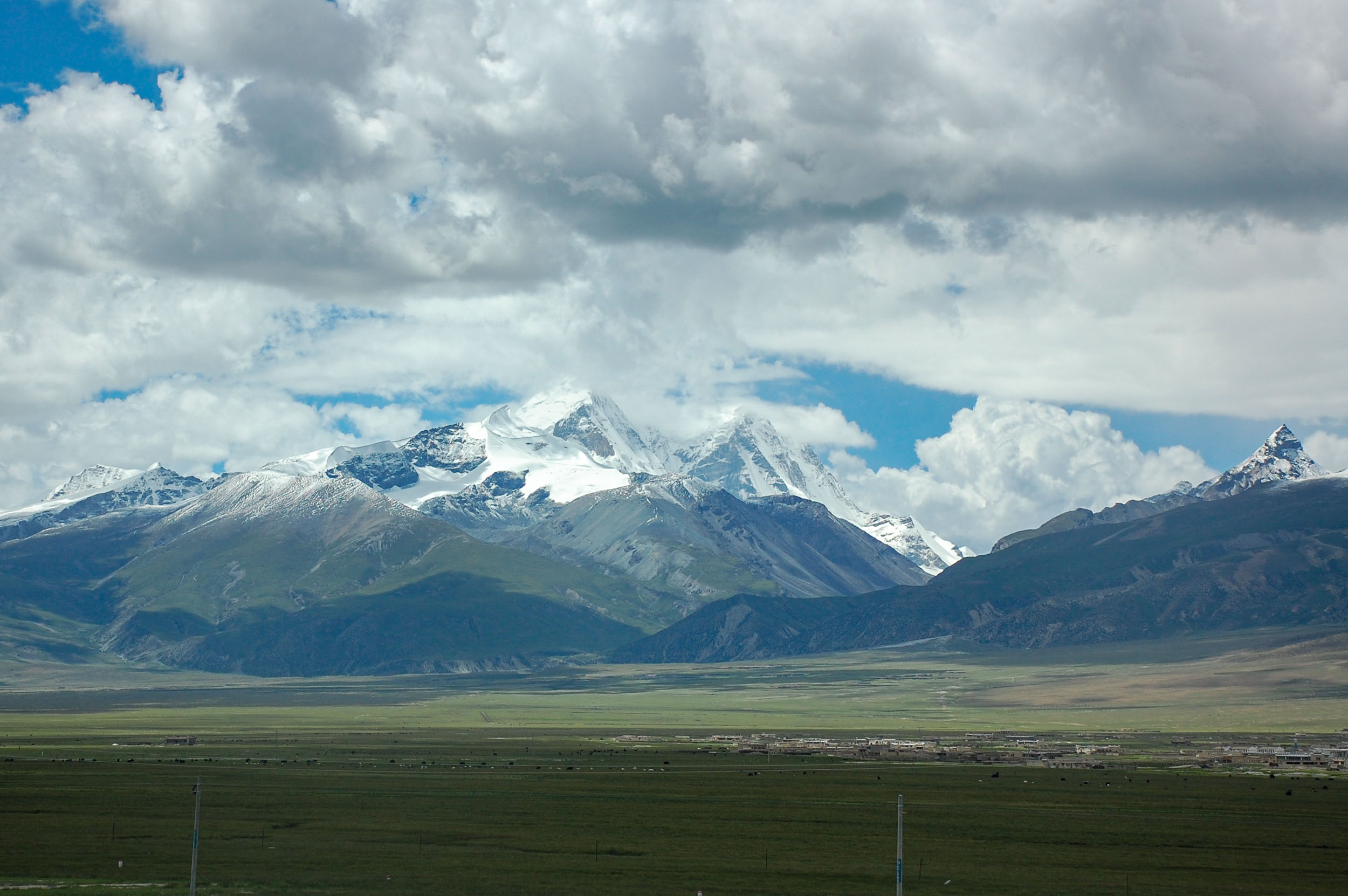
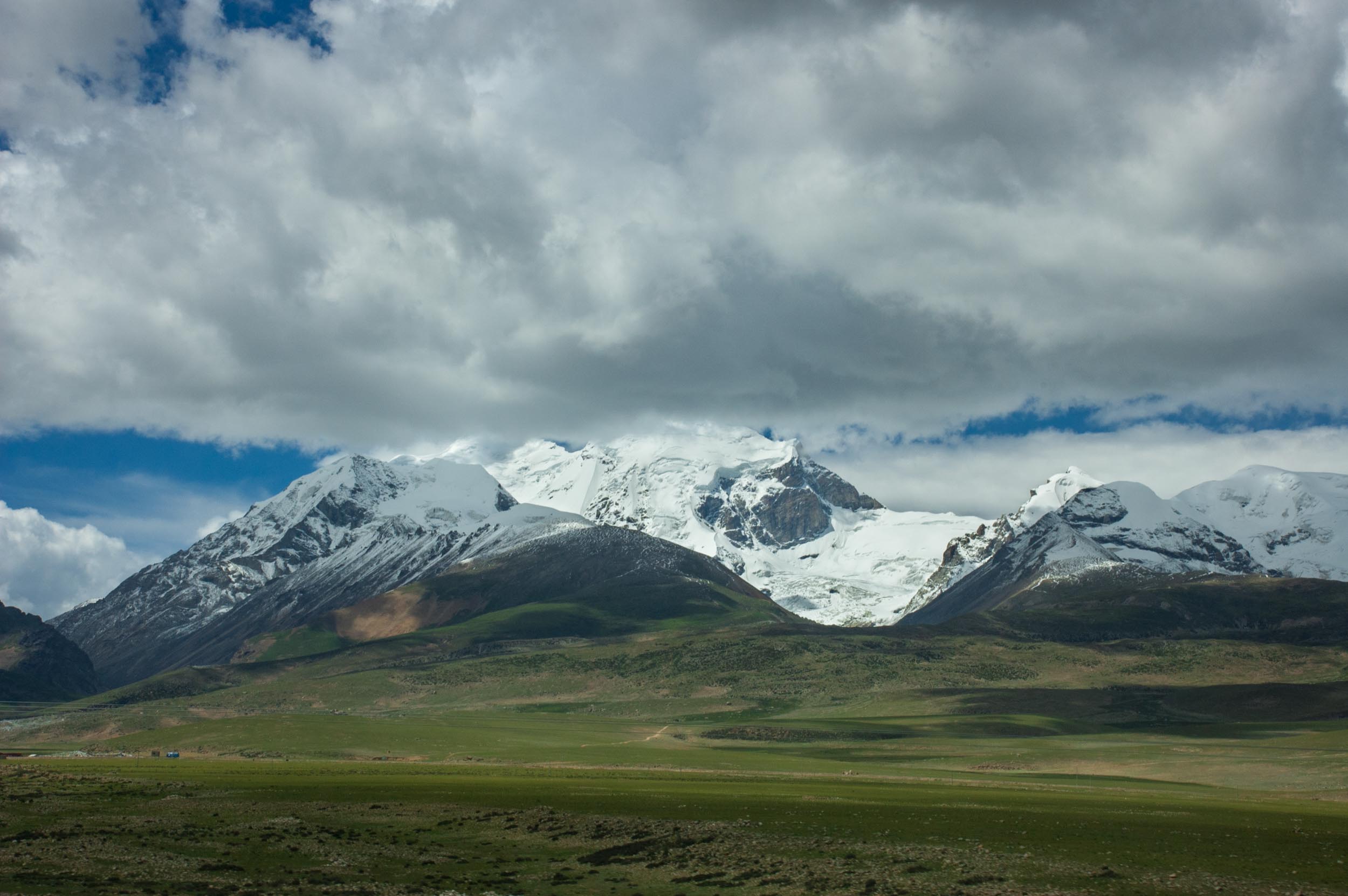
ラサに着く少し前に車窓に広がるニンチェンタングラ山脈。氷河を抱いた6,000mから7,000mの峰が1,400kmに渡り連なる。
Shortly before arriving in Lhasa, the Nyenchen Tanglha Mountains spread out from the car window.
The glacier-hugging peaks, ranging from 6,000 to 7,000 meters, stretch for 1,400 kilometers.
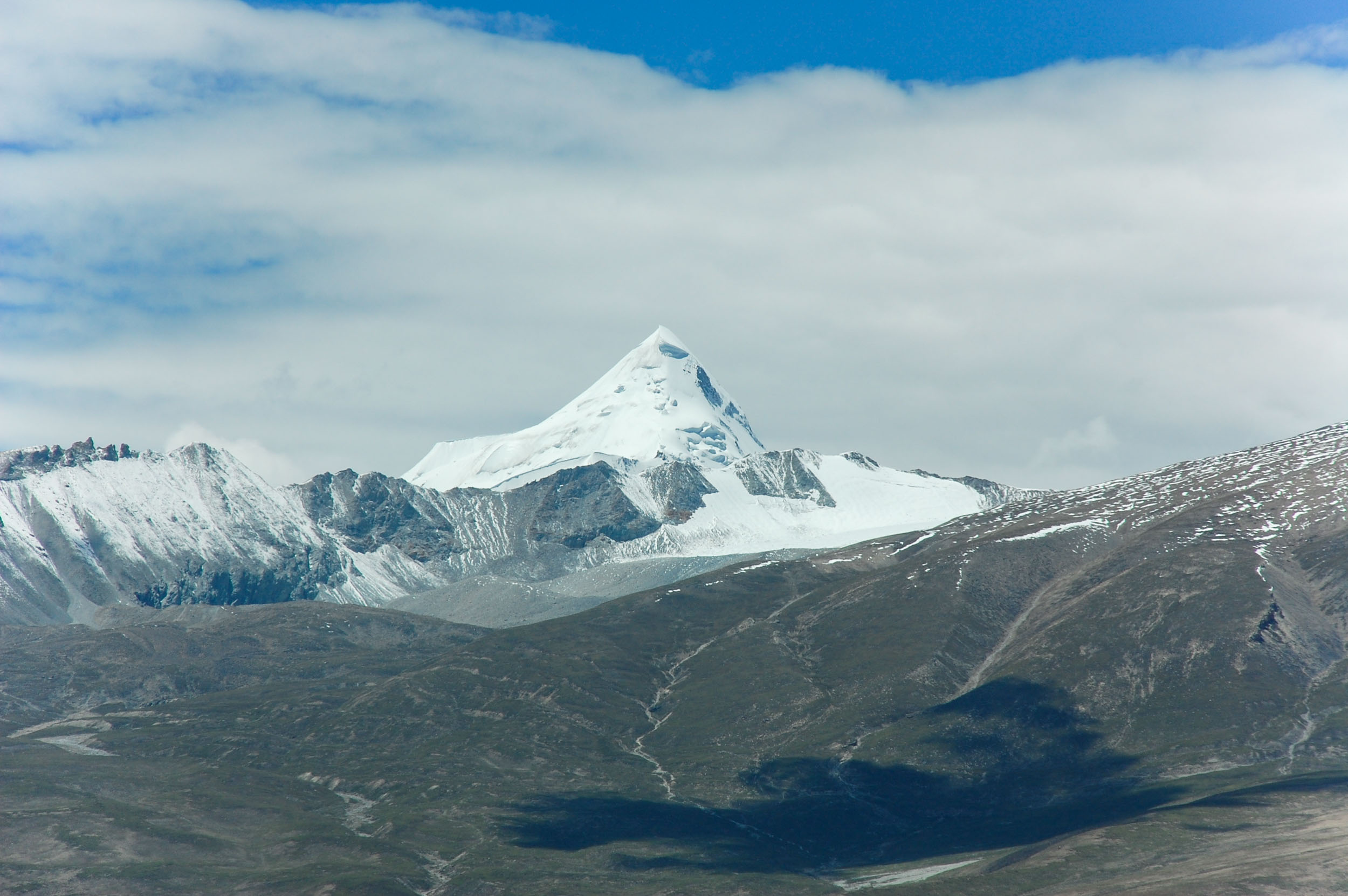
ニンチェンタングラ山脈のサムディン・カンサン峰(6,590m)は、尖った円錐型の頂が印象的。
Impressive mountain with a conical peak, in the Nyenchen Tanglha Mountain range.
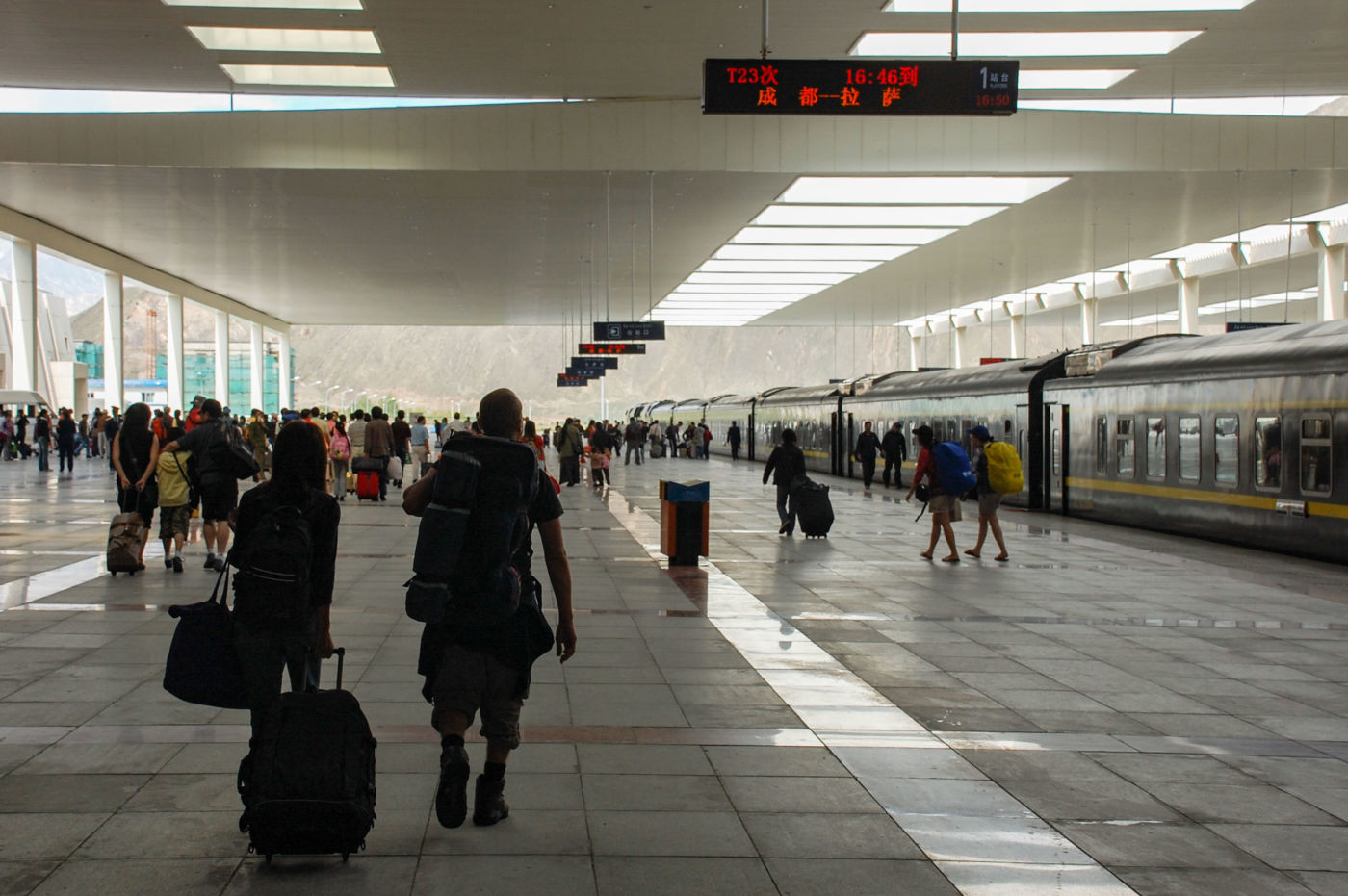
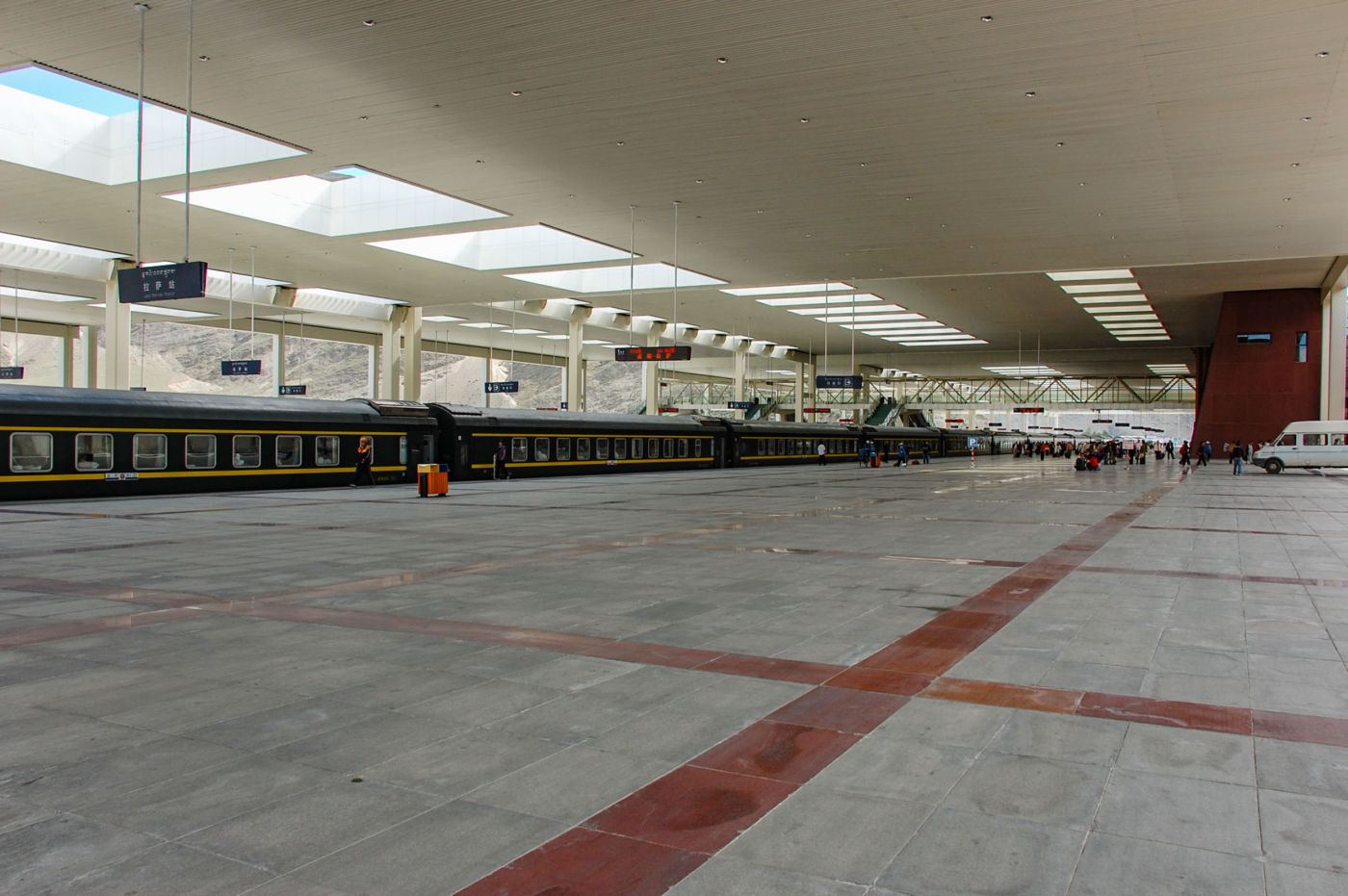
成都を出発してから、二泊三日、約40時間かけてラサに到着した。
After leaving Chengdu, it took three days and two nights, or about 40 hours, to arrive in Lhasa.
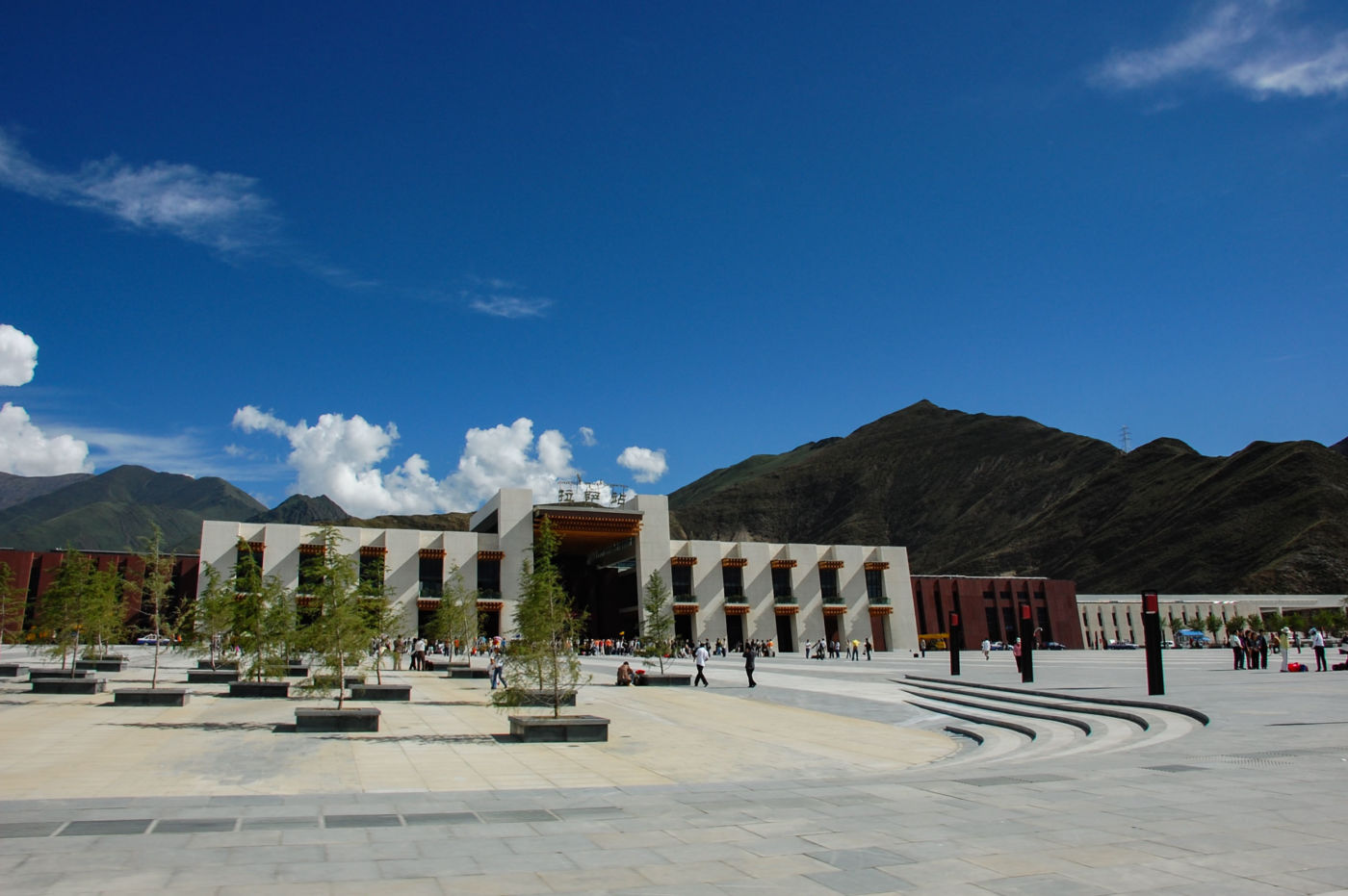
ラサ駅はチベットの寺院をモチーフにされている。駅前の広場にはタクシーやホテルの客引きが青蔵鉄道の乗客に声をかけている。
Lhasa Station is decorated in the motif of a Tibetan temple. In the square in front of the station, cab and hotel touts call out to Qinghai–Tibet Railway passengers.
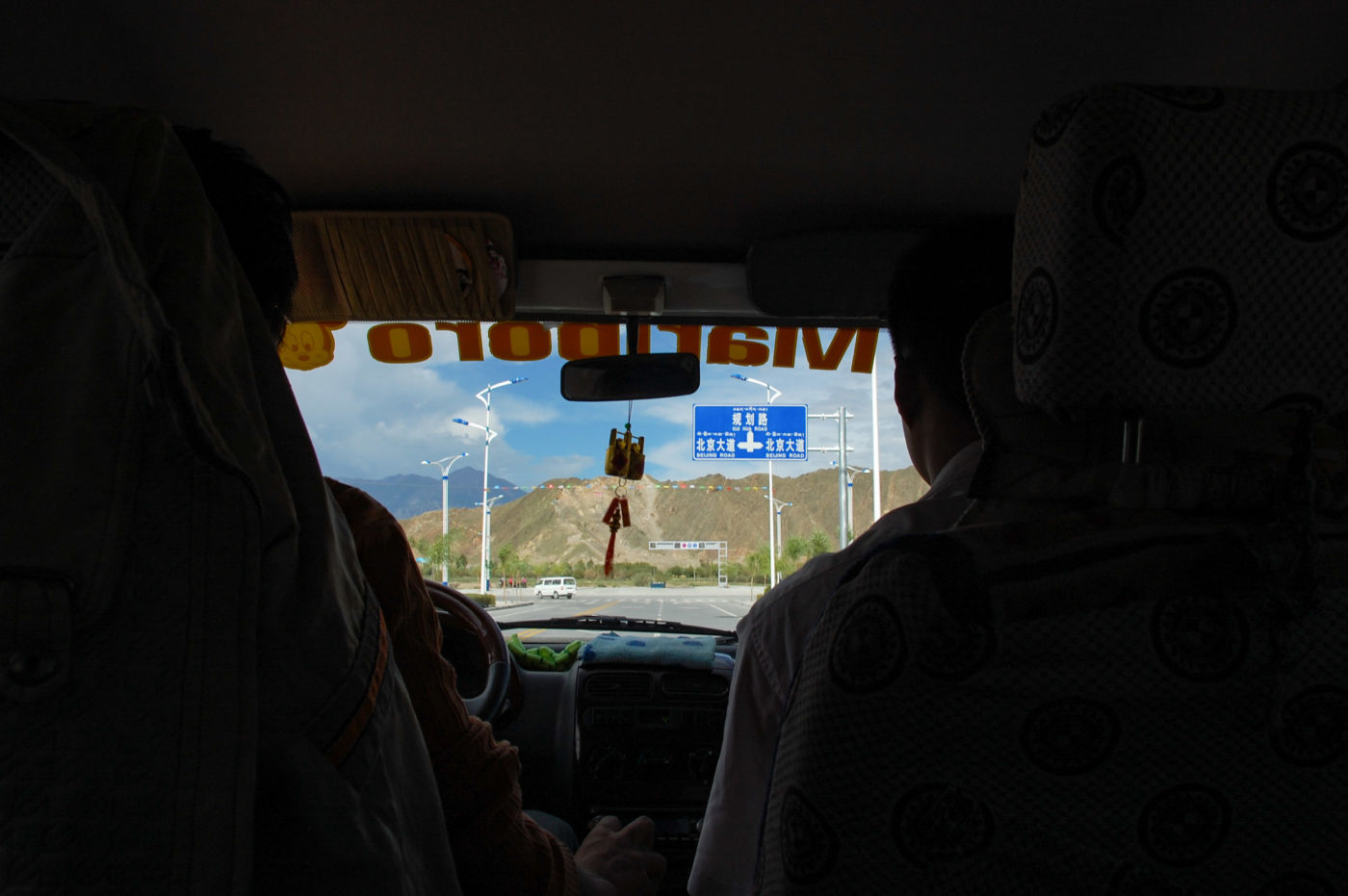
タクシーの運転手と値段交渉をして、駅から数キロ離れたラサの中心エリアまで向かった。
I negotiated a price with the cab driver and headed to the town of Lhasa, a few kilometers from the train station.